
When you think of Seychelles, you probably imagine a series of golden beaches with soft sand and crystal-clear ocean water, however, this diverse nation is also gifted with a rich cultural heritage, best-reflected in its vibrant and colonial-style capital, Victoria. Home to roughly 30 percent of the country's residents, the town is Seychelles' center of gravity and a great opportunity for foreigners to experience something different, beyond the picturesque 5 stars resorts and sunbathing sessions.
Founded by French settlers in the 18th century as L’Établissement, and then ruled by the British colonialists who renamed it after Queen Victoria, the city’s cosmopolitan past is mirrored in every facet, from its colonial architecture, the street layout and even the local cuisine that integrates influences from all over the world.
Curiously, Victoria manages to maintain laid back vibes while being vibrant and colorful at the same time. Wandering along its main streets provides a multi-sensual experience as its architectural gems are usually accompanied by wafting odors of seafood and spices and the sounds of loud Seychellois pop coming out of passing vehicles.
Constructed in 1903, Victoria clock-tower, known locally as Lorloz, is perhaps the city’s most famous and recognizable icon. The tower is situated at the town’s main crossroad and modeled after the Vauxhall Clock Tower in London. In fact, it was built as a gesture for Queen Victoria as well as a national landmark to celebrate the new status of Seychelles as a Crown Colony, run by a local governor instead of Mauritius British colony.
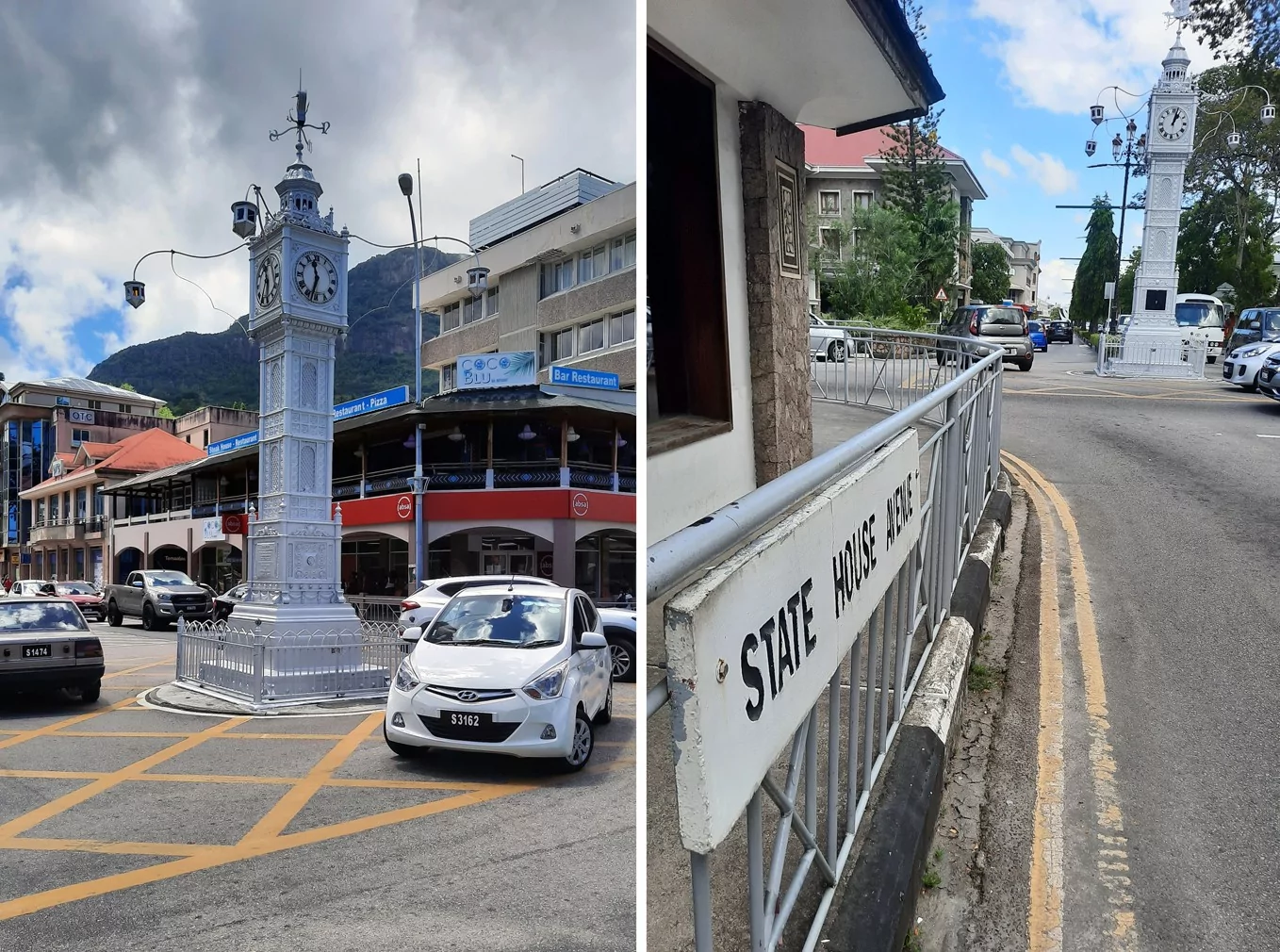
photography by: Omri Westmark
Located on the busy roundabout of the 5th June Avenue, the Bicentennial Monument consists of three white double-winged sculptures, representing both the three origins of the Seychellois people from Africa, Asia and Europe and the numerous endemic birds roaming around the city. The monument was built in 1979 to celebrate the 200th anniversary of the founding of Victoria.
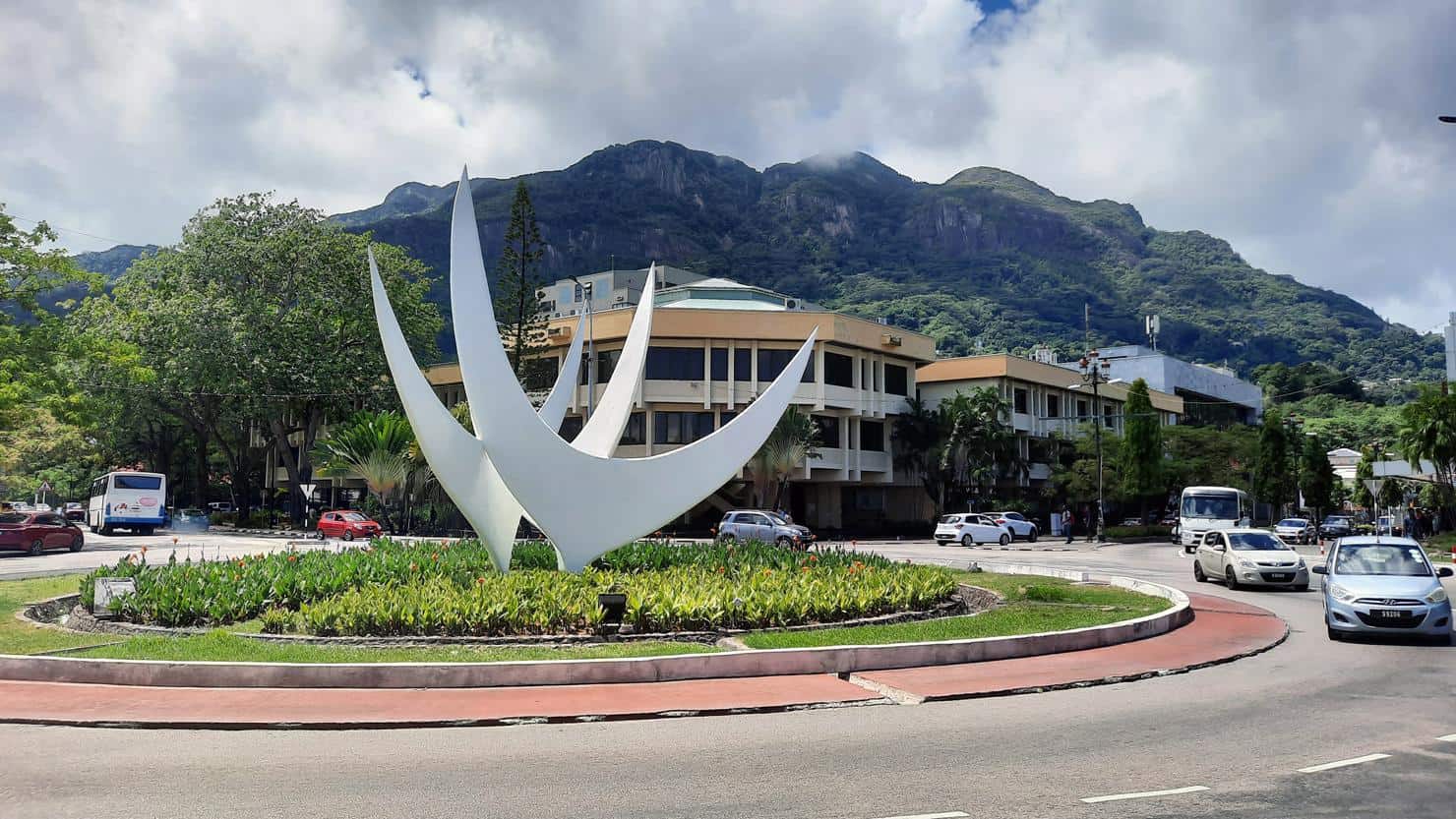
photography by: Omri Westmark
One of the city’s most vibrant streets, Albert St. is dominated by colonial-style buildings that feature a shaded colonnade, protecting passersby from the excruciating equatorial sun.
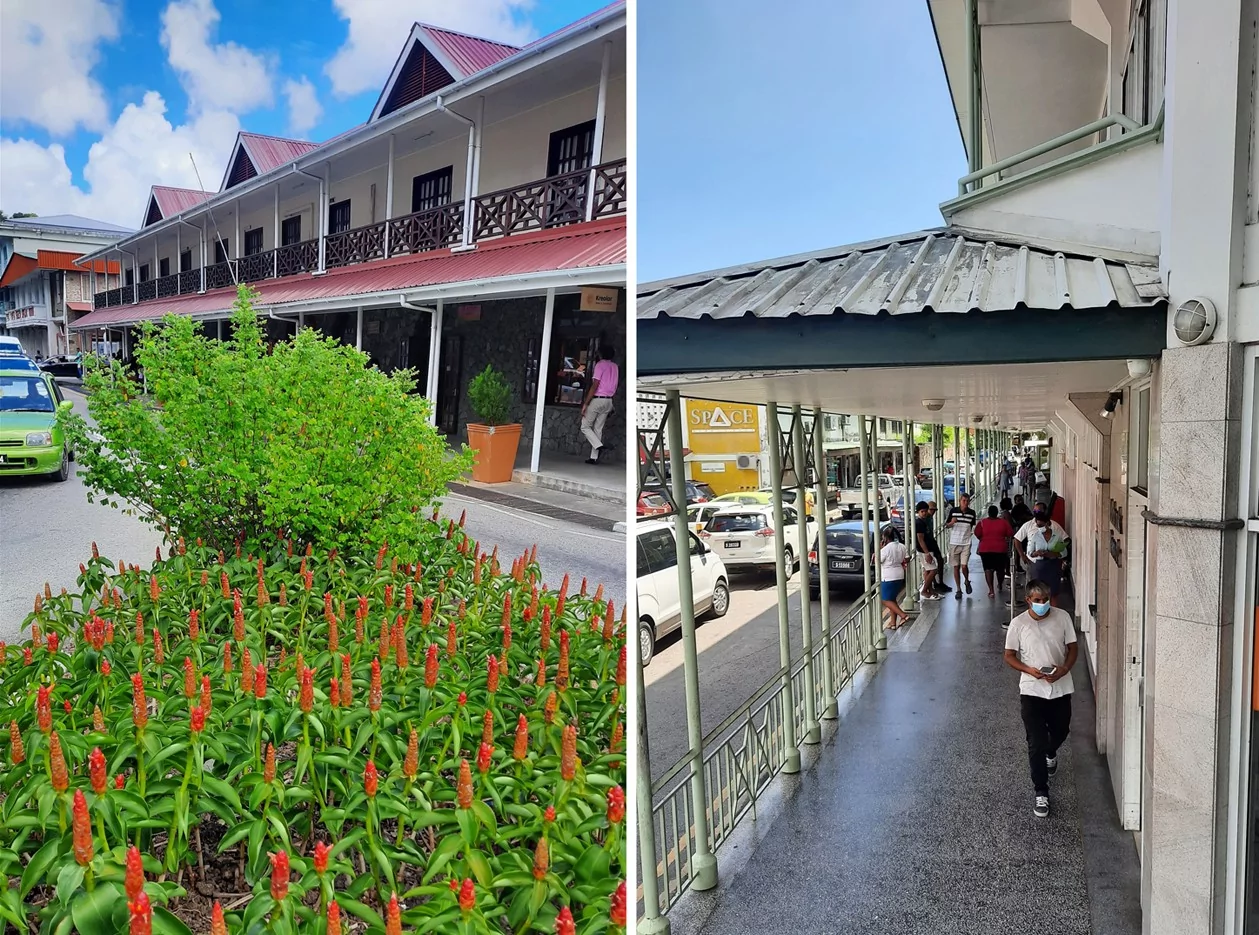
photography by: Omri Westmark
The commerce along Albert St. varies between tourist-oriented shops that sells souvenirs and local grocery stores.

photography by: Omri Westmark
Among Albert Street’s many colonial buildings is this vividly colorful house, sitting in the intersection with Market St. A quaint fashion boutique resides in its ground floor.
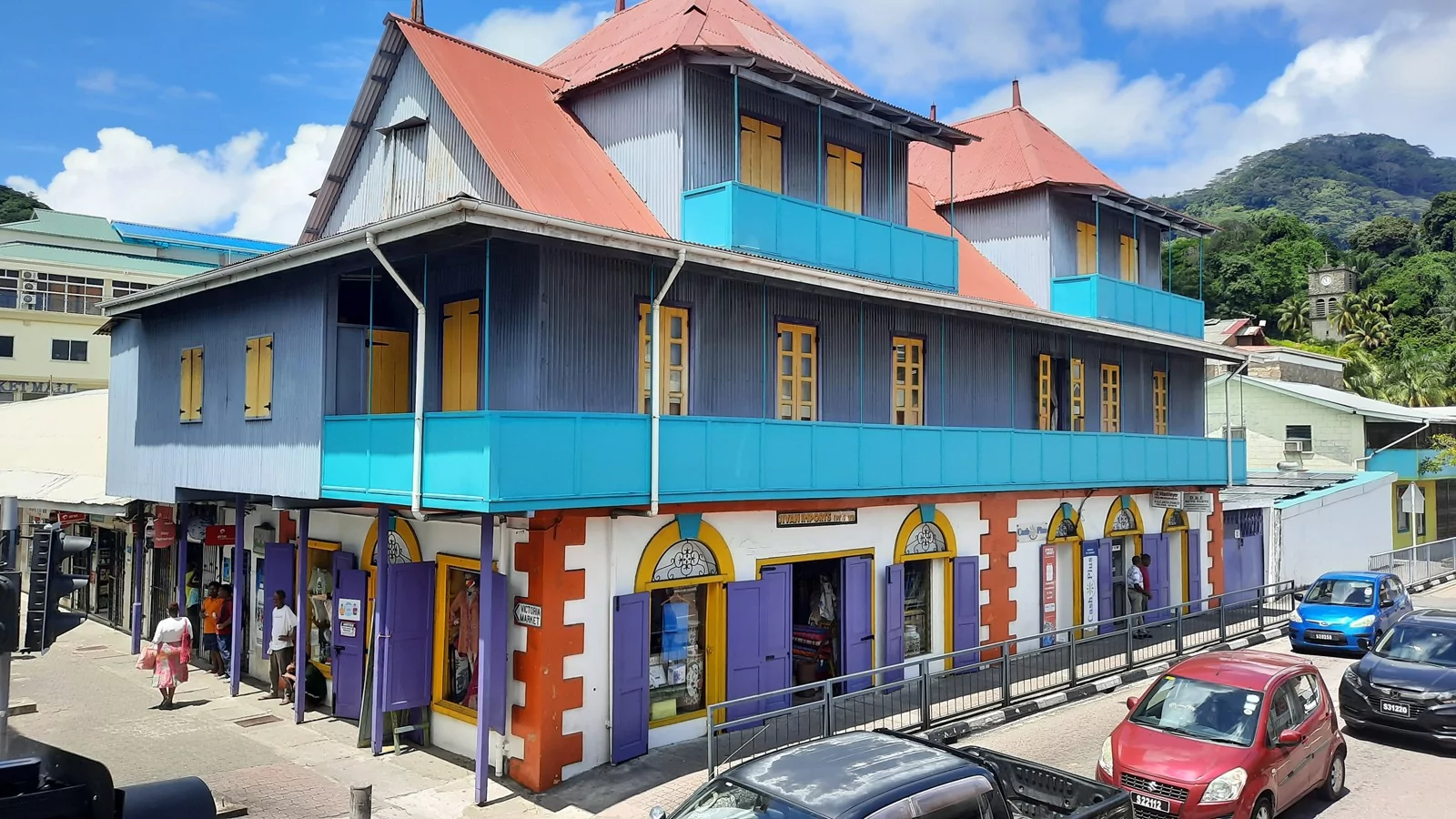
photography by: Omri Westmark
Due to the country’s heavy rainfall, the city has several drainage canals, one of which runs throughout the city center, parallel to the Independence Avenue. While visually, it couldn’t be furthest away from Venice’s picturesque waterways, the canal serves as a water source for some of the city’s native birds, occasionally scampering at its waters.

photography by: Omri Westmark
Francis Rachel St. is a hodgepodge of colonial-era houses alongside generic commercial buildings. Additionally, across the street are some decent eateries that offer local creole food.

photography by: Omri Westmark
Revolution Avenue is a topographically sloped street with buildings featuring a multi-level commercial facade. Subsequently, the verandas along the buildings’ second floor are often brimming with shoppers.
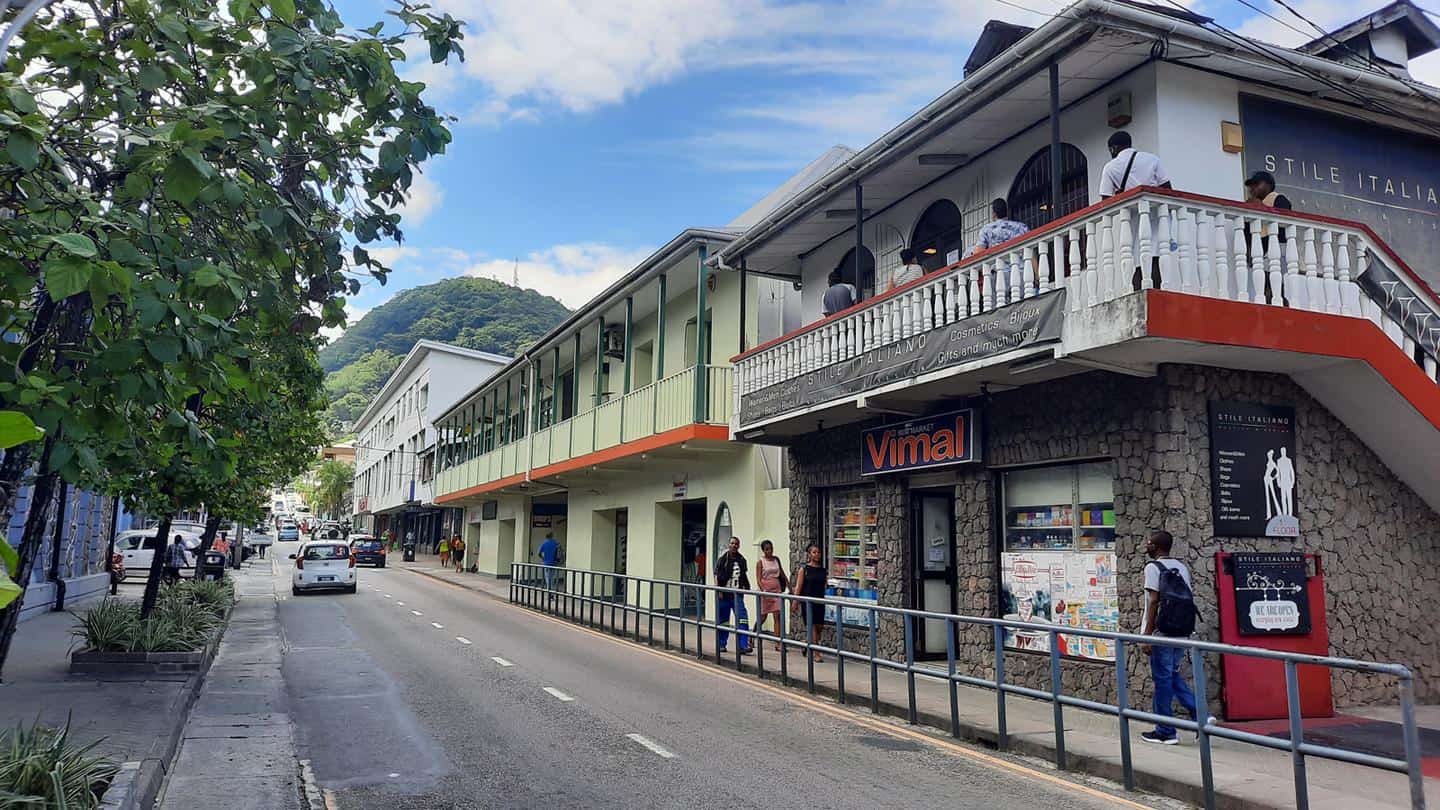
photography by: Omri Westmark
Probably Victoria’s most hectic street, Market St. is a shopping pedestrian pathway that runs perpendicularly to Albert St., and as the name suggests is home to Victoria’s main market.
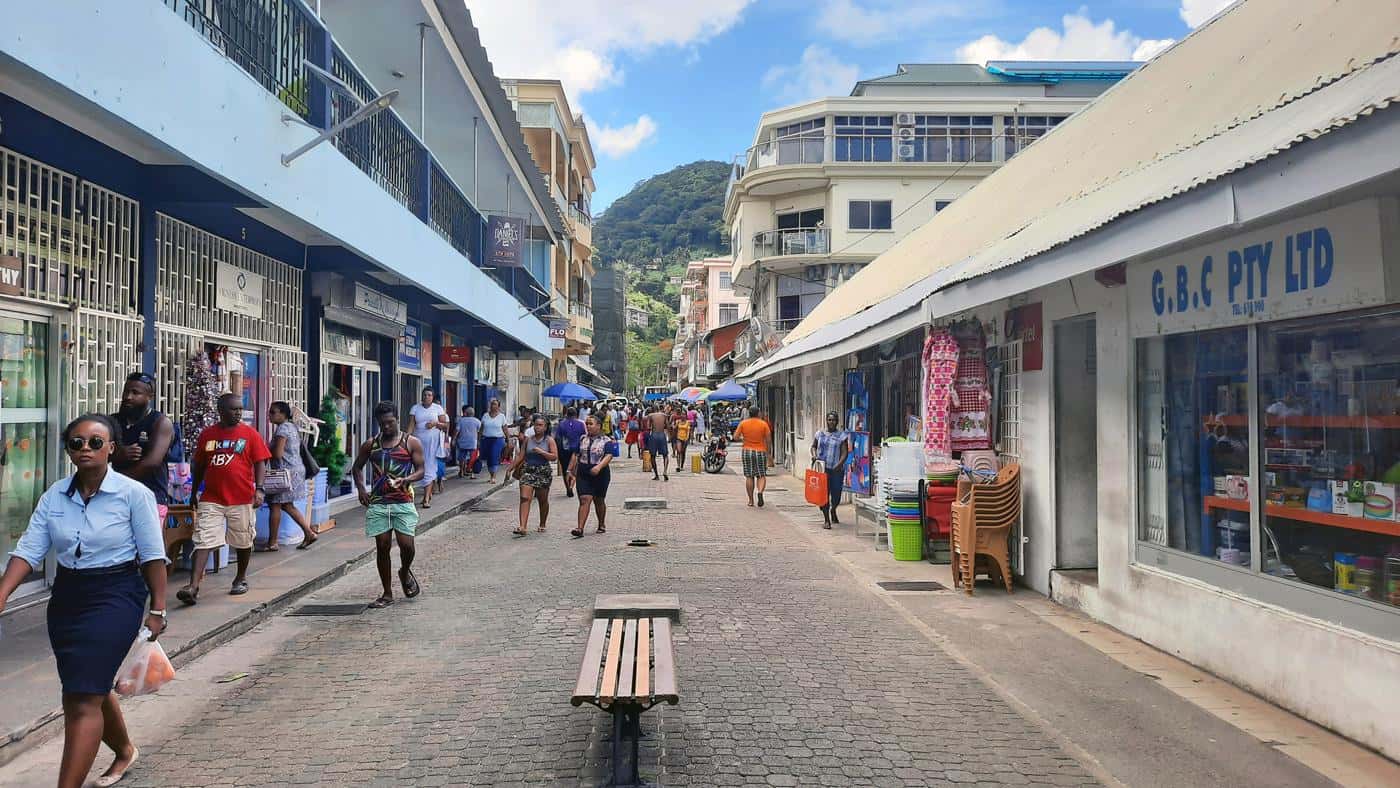
photography by: Omri Westmark
One of Victoria’s oldest buildings, Liberty House stands in front of Victoria Clock Tower and houses the local post office. Adorning its main façade along the Independence Avenues are bronze replicas of several national symbol, including tortoise and coco de mer nut.

photography by: Omri Westmark
Formerly Seychelles Supreme Court and currently the country’s National Museum of History, this marvelous colonial-style building in front of the Liberty House can be much appreciated even if you aren’t a big fan of museums, as its intricate architectural details are clearly visible from a pedestrian point of view.
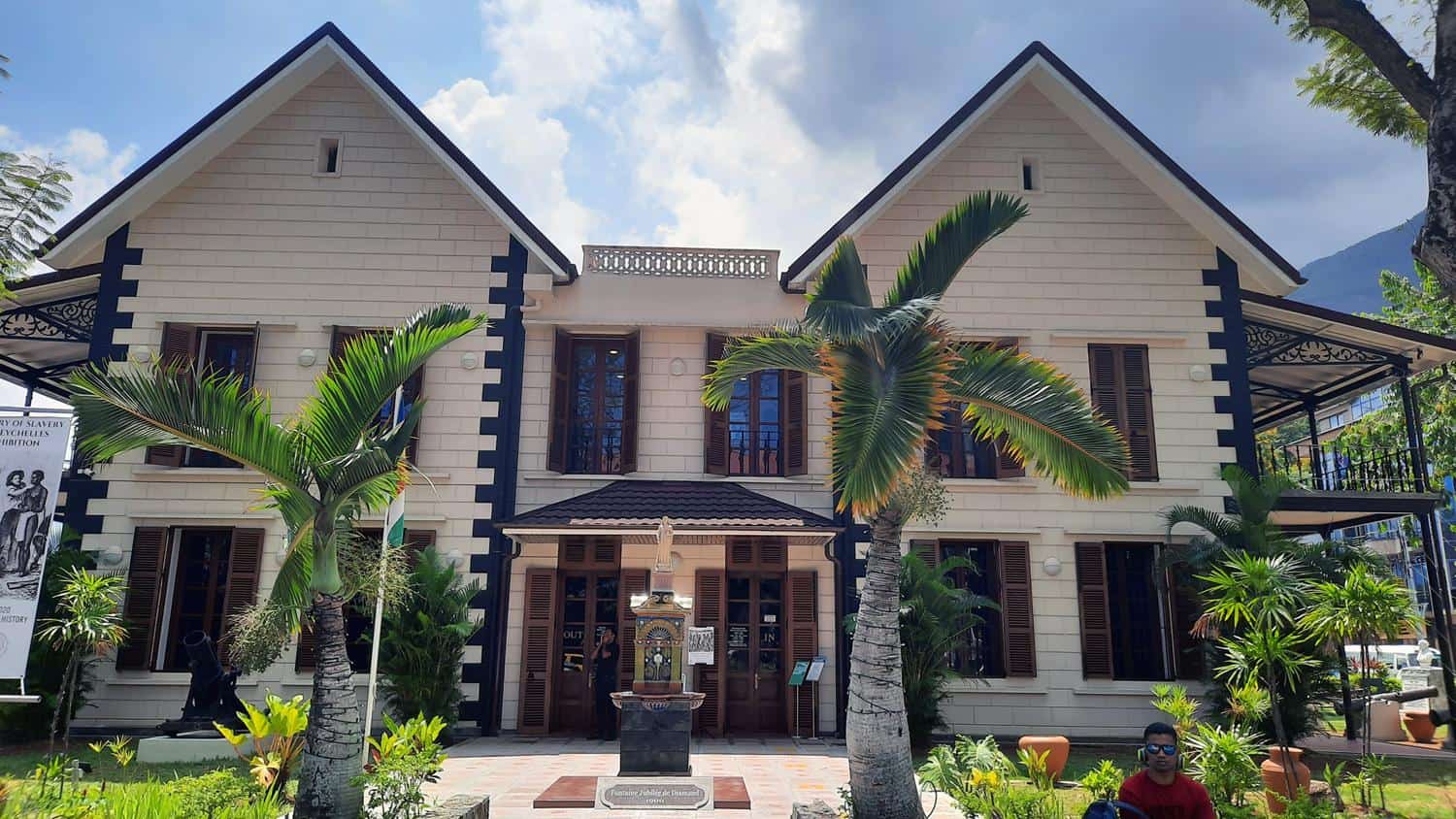
photography by: Omri Westmark
Victoria has plenty of dining places, yet one of the most recommended options is the handful of food stands that sell locally made creole dishes, all of which are both incredibly tasty and ridiculously cheap.
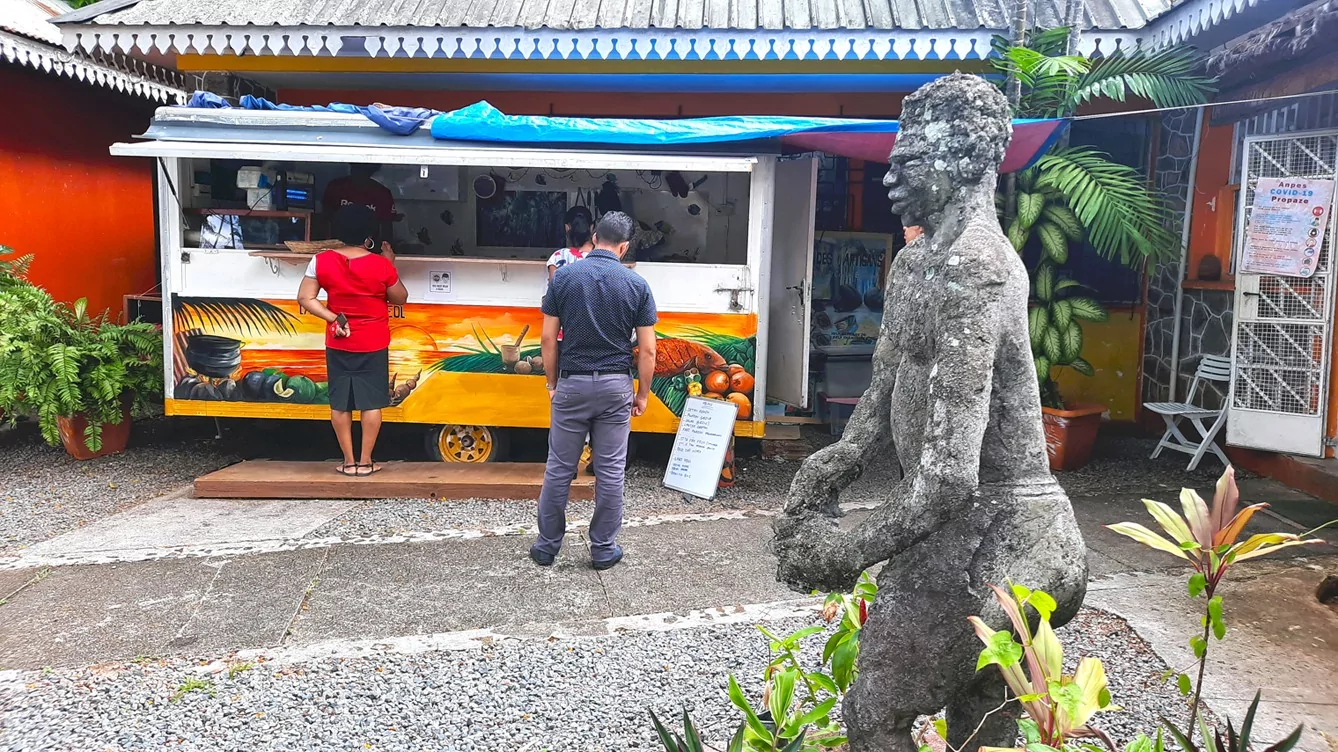
photography by: Omri Westmark
Due to the local tropical climate and the lack of any major enclosed malls within the capital city, shopping arcades are extremely abundant throughout Victoria.
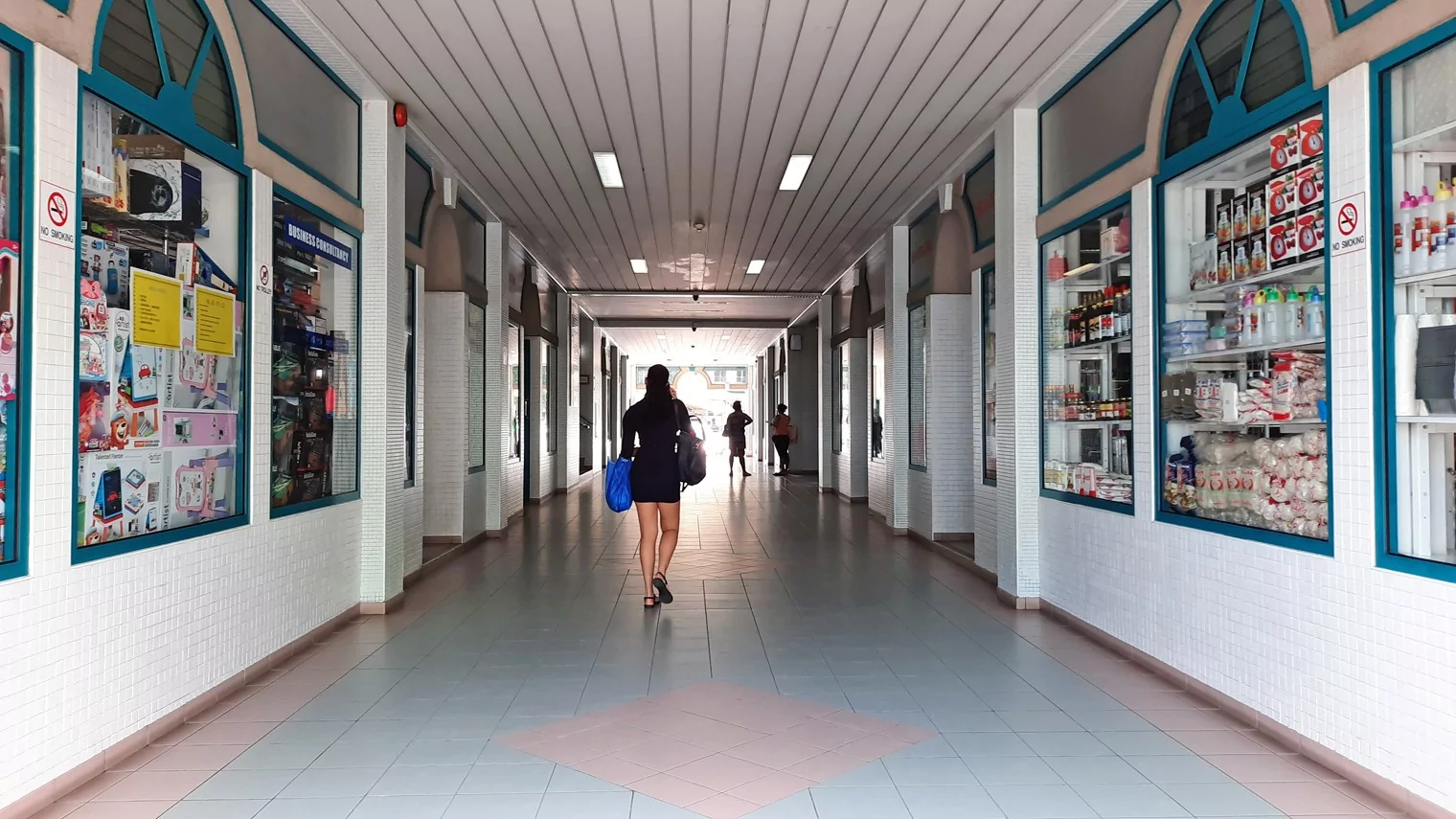
photography by: Omri Westmark
One of Victoria’s dozens of colonial-era buildings, George Camille Gallery on Revolution Avenue offers a glimpse to the artworks of George Camille, a local renowned artist whose eclectic paintings showcase the country’s natural beauty and are presented in museums all over the world.
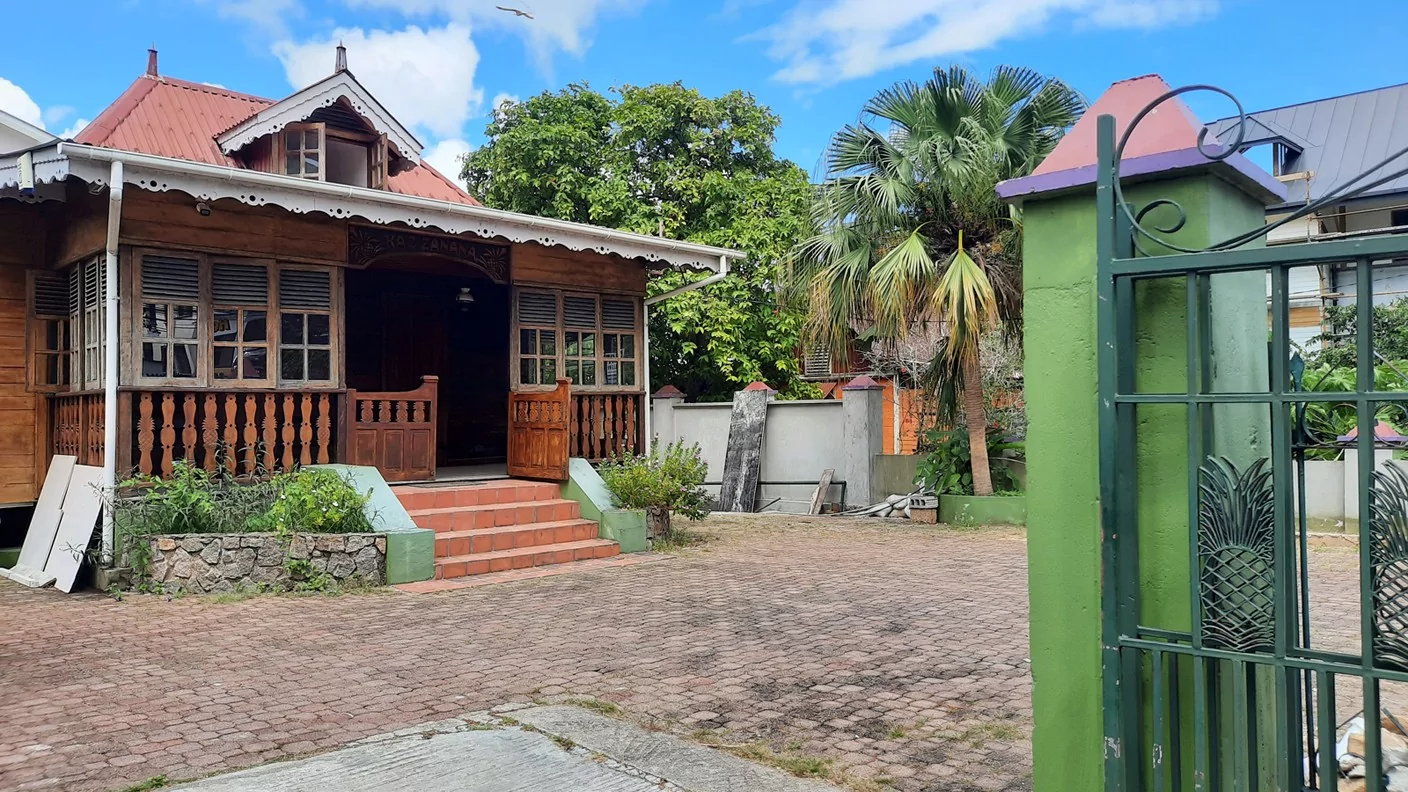
photography by: Omri Westmark
Adjacent to Victoria’s main taxi stand in Albert Street lies a souvenir shopping center with an outdoor market as well. If you wish to purchase local knick-knacks and garments, there isn’t a better place in town to do that than here.

photography by: Omri Westmark
Home to a significant Hindu community of more than 2,000 adherents, Seychelles has only a single Hindu Temple located on Victoria’s Qunicy St. Named after the Hindu god of beginnings, Arul Mihu Navasakthi Vinayagar Temple has a flamboyant façade with insanely intricate details, making it one of the city’s most iconic landmarks.

photography by: Omri Westmark
Making up merely one percent of the country’s total population, the Muslim community in Seychelles is tiny in terms of size, but what it lacks in numbers it definitely makes up for in an impressive mosque at the heart of Victoria. Sheikh Mohamed bin Khalifa Mosque is named after a prominent member of the Emirati royal family, and uncoincidentally located just behind the local headquarters of Emirates, the Dubai based national airline.

photography by: Omri Westmark
Dating back to the mid-19th century, St. Paul’s Cathedral at the intersection of Albert and Revolution streets has a rather modest appearance, lacking any kind of eye-catching ornaments. But don’t let the look deceive you, as it has a major role as both the cathedral of the diocese and the church of the Anglican parish. Attending one of the church’s religious ceremonial events is a mesmerizing experience, characterized by ultra-authentic sights and sounds that blend local motifs with the Christian religious practices.

photography by: Omri Westmark
Named after the former governor of Seychelles, Sir Selwyn Clarke Market is by far the city’s most vibrant and colorful place, where freshly caught fish are sold side by side with all sorts of fruits, vegetables and spices. Constructed in 1840 and underwent a massive renovation 159 years later, the market features Victorian style architecture, a vestige of the archipelago’s former British rule. Suffice to say that its fascinating fusion of European aesthetics with African vibrance is an unmissable thing, particularly if you are keen to interact with locals and learn about their culture.
Even before entering the market itself, you’ll be struck by the hectic commerce that spills over to the surrounding streets. Rainbow colored sunshades are routinely used to protect the precious produce, of which fresh slices of mango and papaya are especially popular.
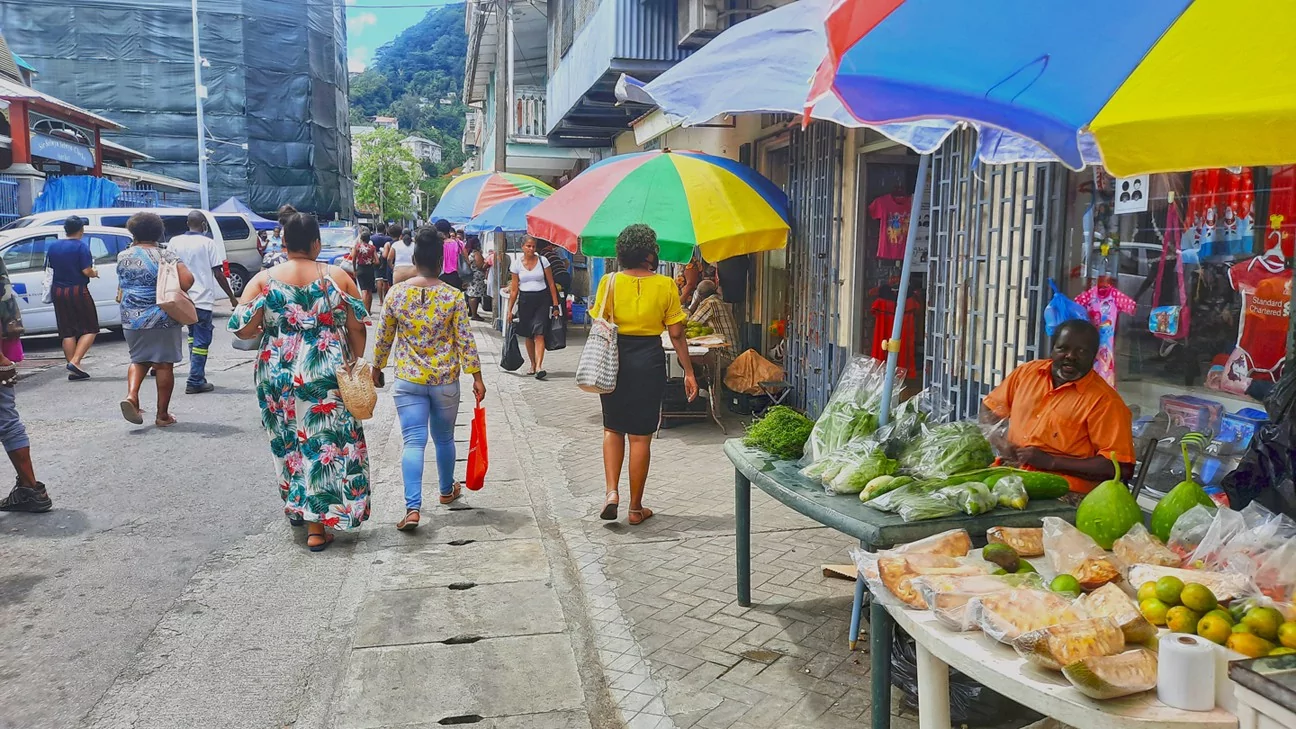
photography by: Omri Westmark
The market and its surrounding streets are brimming with people from all echelons of society; families, old and young, Africans, Asians and Europeans.
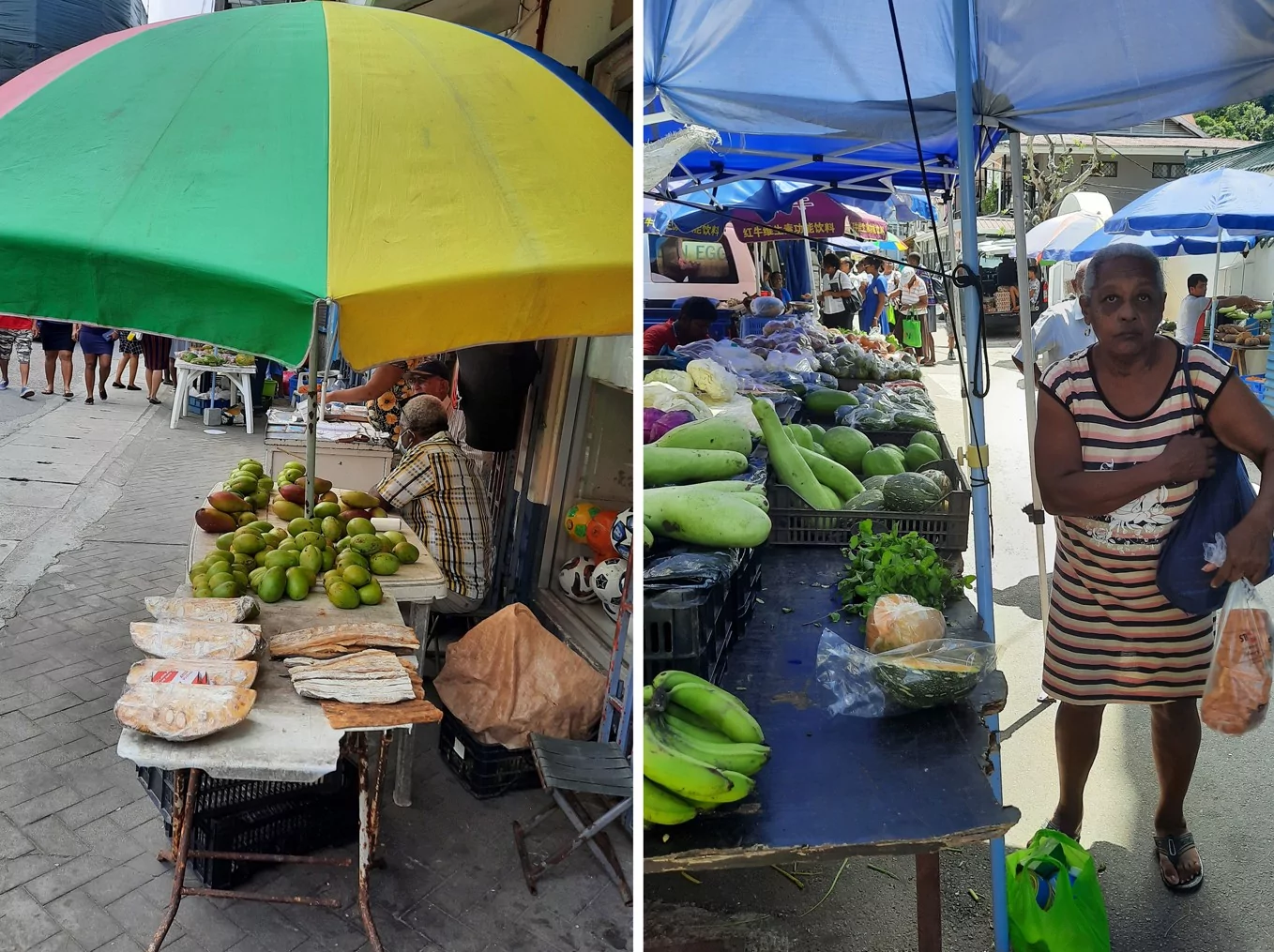
photography by: Omri Westmark
A market stall selling green bundles of plantain, and a popular vegetables and herbs booth.
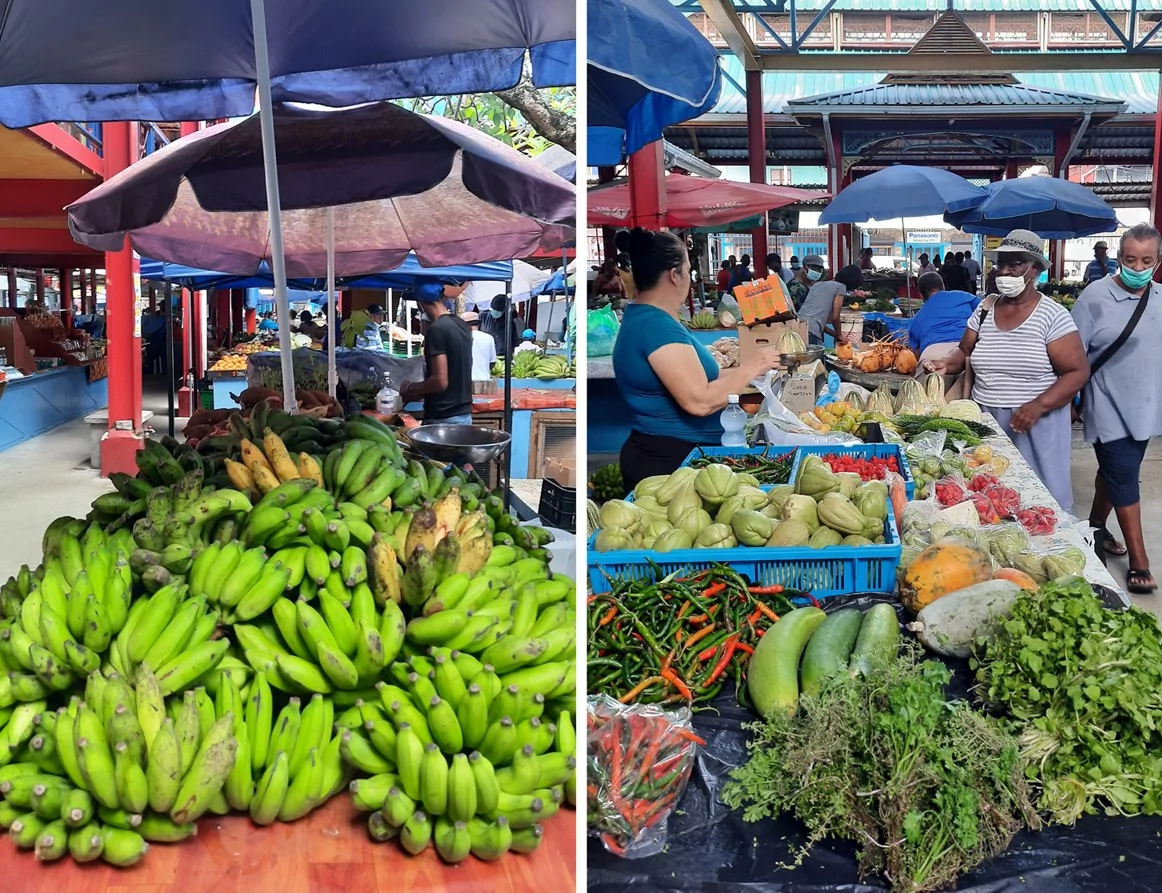
photography by: Omri Westmark
Two fruit stands selling coconuts, bananas and papayas, all of which abundantly found across the islands. Interestingly, some local grocery shops have unconventional jams, including banana jam, starfruit jam and even a coconut jam.
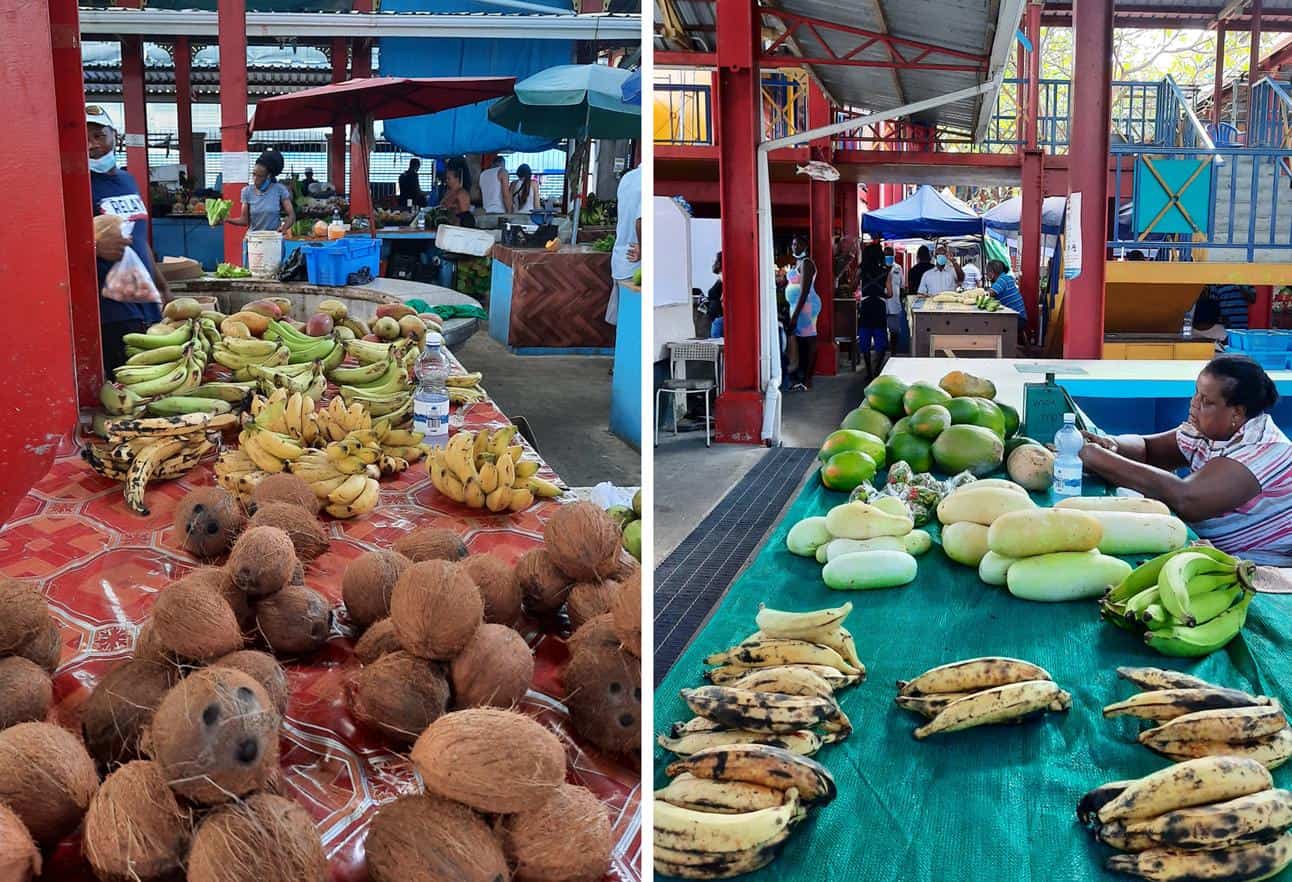
photography by: Omri Westmark
While some items in the markets are locally grown like the recognizable grenade-shaped breadfruit, others like the tangerine are imported.
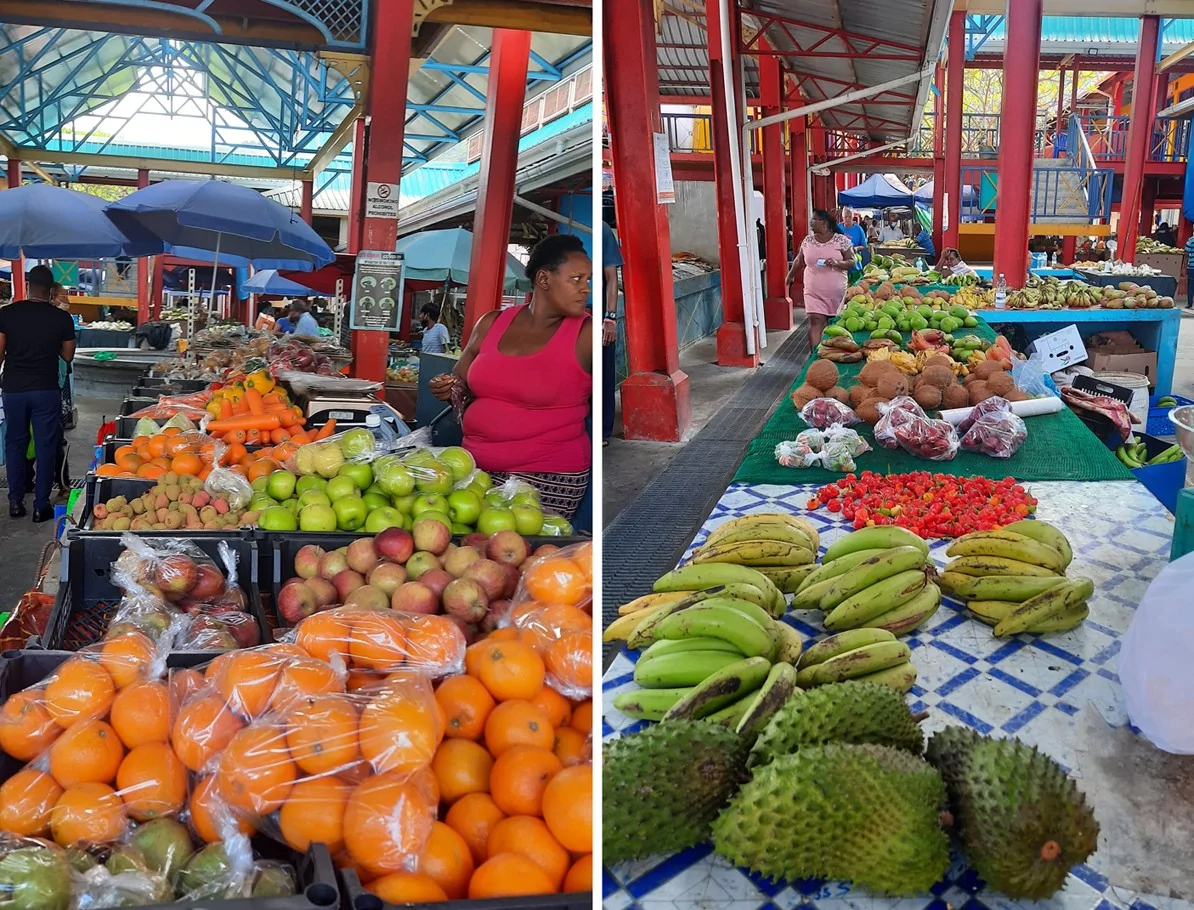
photography by: Omri Westmark
Red snappers, groupers, jackfish, parrotfish, kingfish and barracudas are just a few of the types of fish sold in the market’s incredible seafood section.
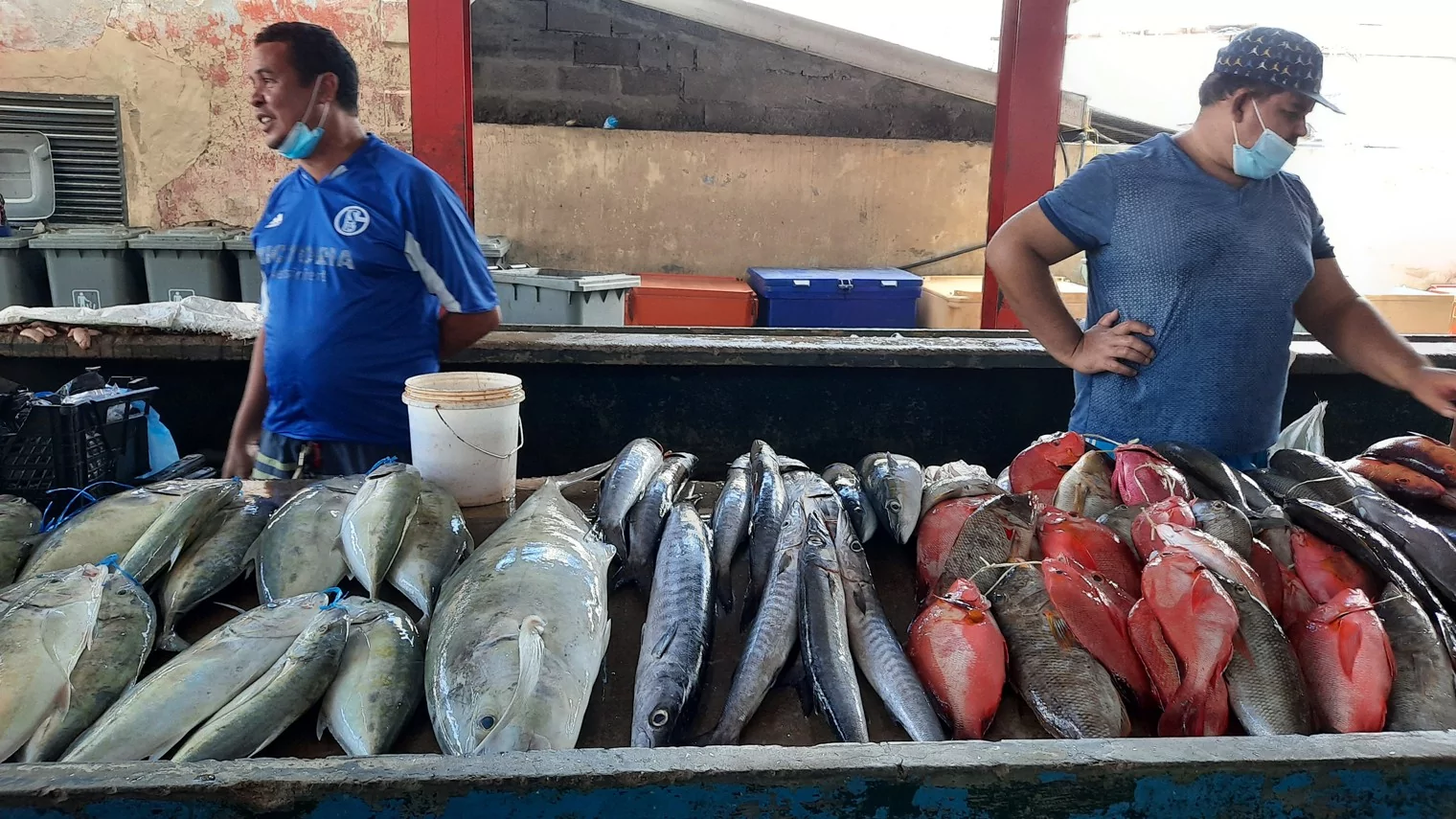
photography by: Omri Westmark
Alongside the fish assortment are also other kinds of seafood like octopus, squids, shrimps and mussels, all of which are used as a main ingredient in the Seychellois style curries, renowned for their delicate flavors.
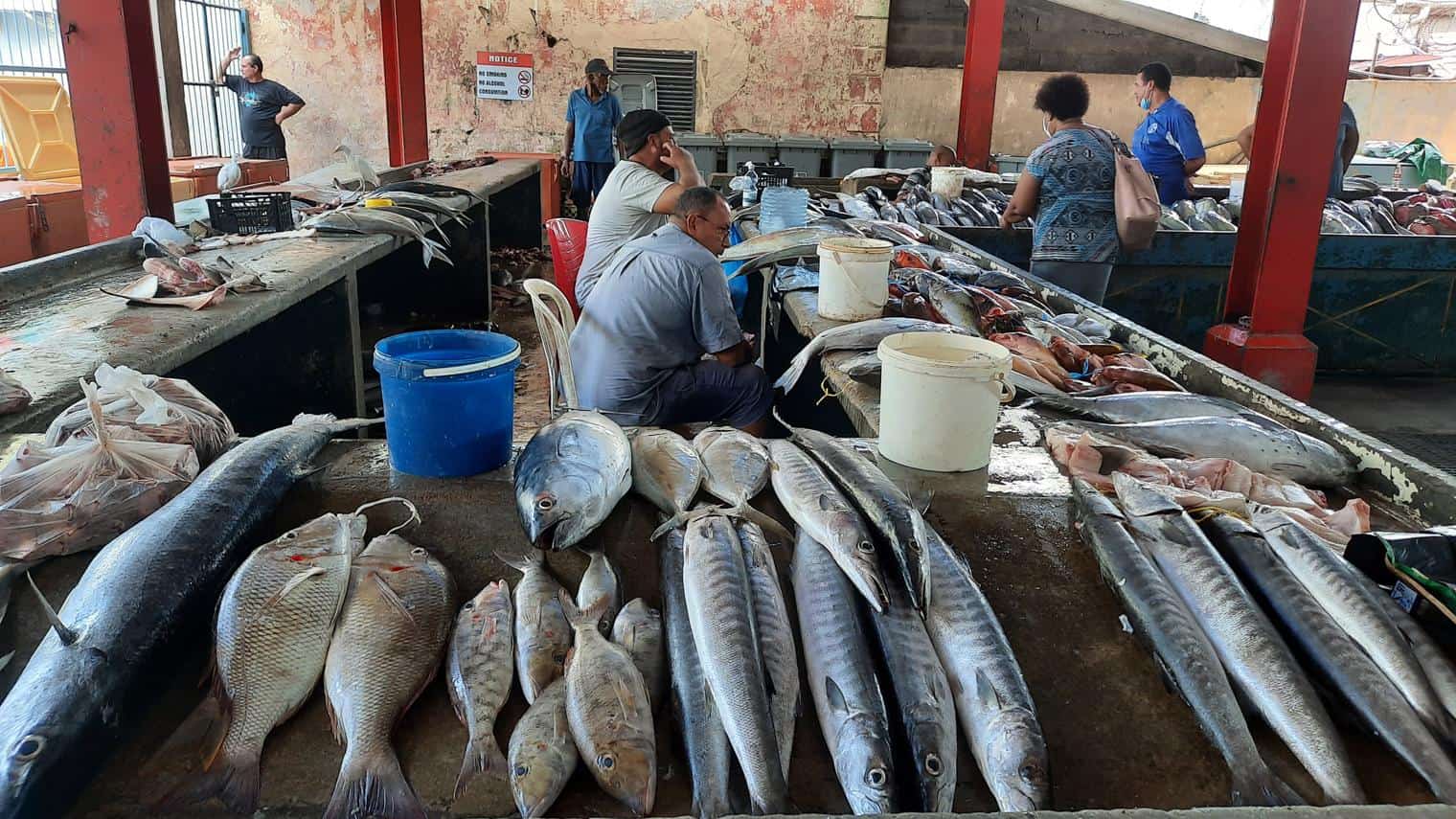
photography by: Omri Westmark
Extremely popular throughout the Seychellois archipelago are salted fish, as it’s not only an efficient way to preserve fish in a tropical climate but also a delicacy by its own right.
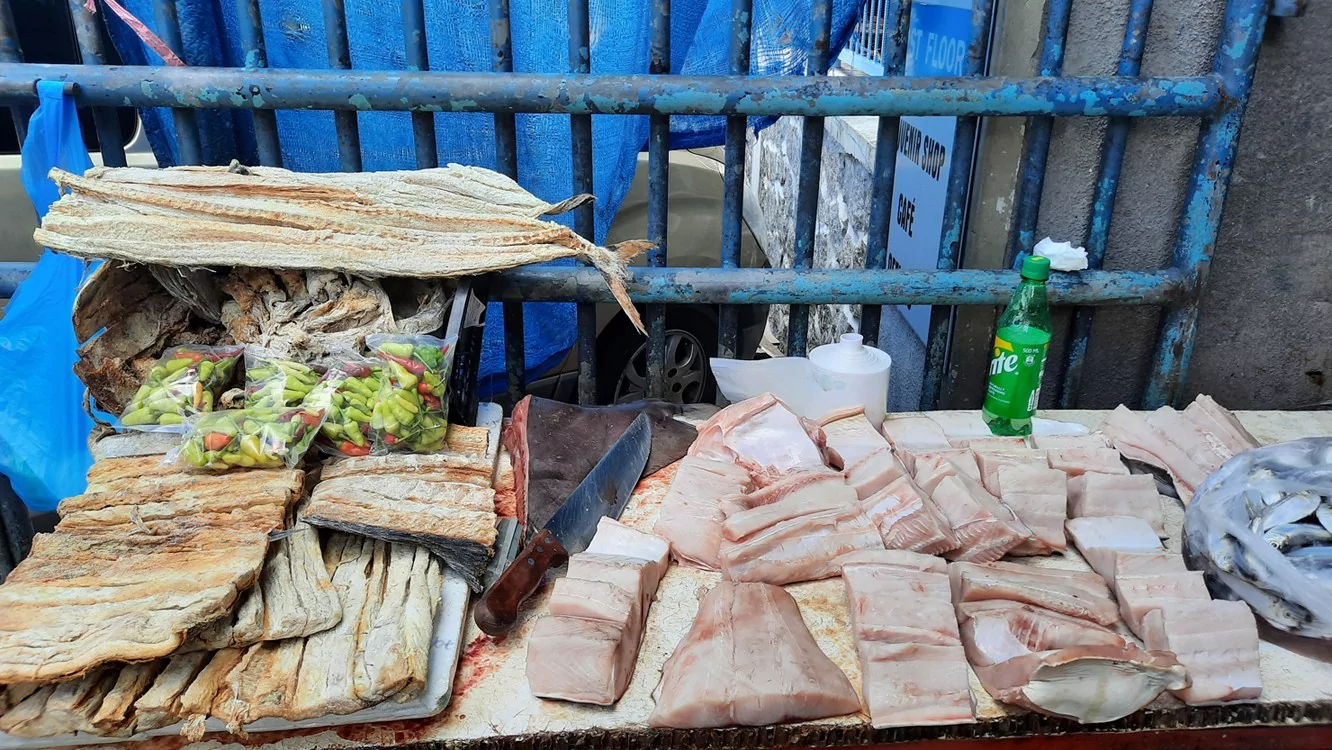
photography by: Omri Westmark
The largest salted fish stand in the market is found further inside, crammed with different kinds of cured fish. Unlike the fresh ones which can only be enjoyed in a restaurant or a kitchen-equipped apartment, the salted fish can be bought as a unique souvenir to take home.
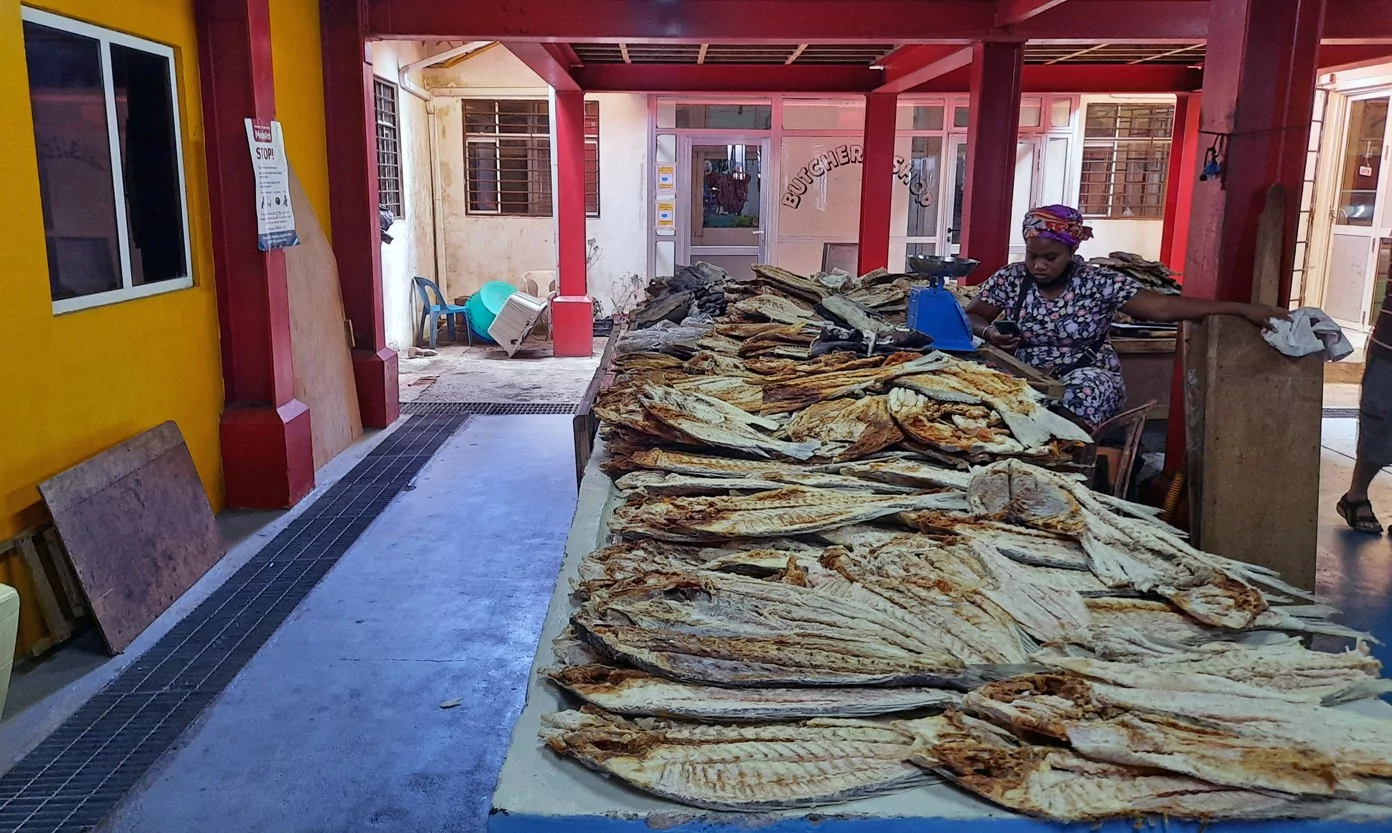
photography by: Omri Westmark
If the hot air in the market makes you perspiring, there’s no better way to confront it than to buy a fresh coconut at this warm-hearted women’s stall. Gently pierced and outfitted with straw, the coconut is the perfect refreshing drink for a sweaty market visit.

photography by: Omri Westmark
The colorful fruit stands are best seen from an upper perspective at the market’s second floor, where you can also find some fashion and souvenir boutiques.
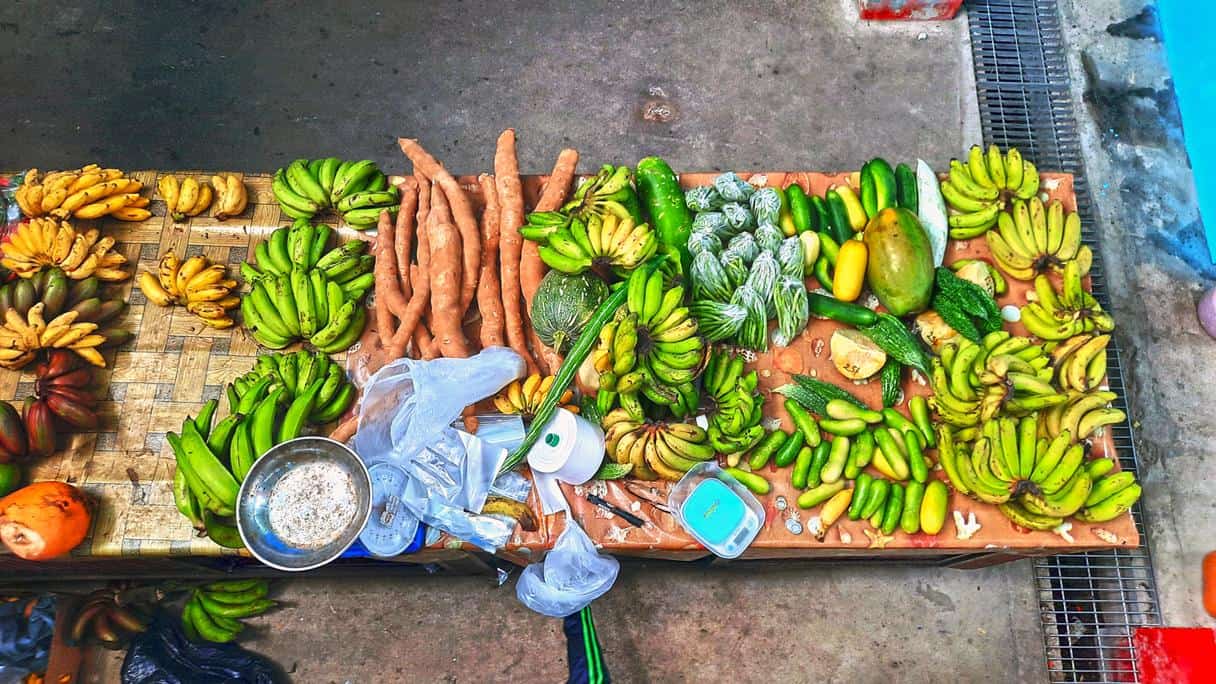
photography by: Omri Westmark
Besides the fruits, vegetables and seafood sections, there are a couple of stalls that sell a plethora of spices, most notably the locally famed vanilla, available both as sticks, a powder and an extract.
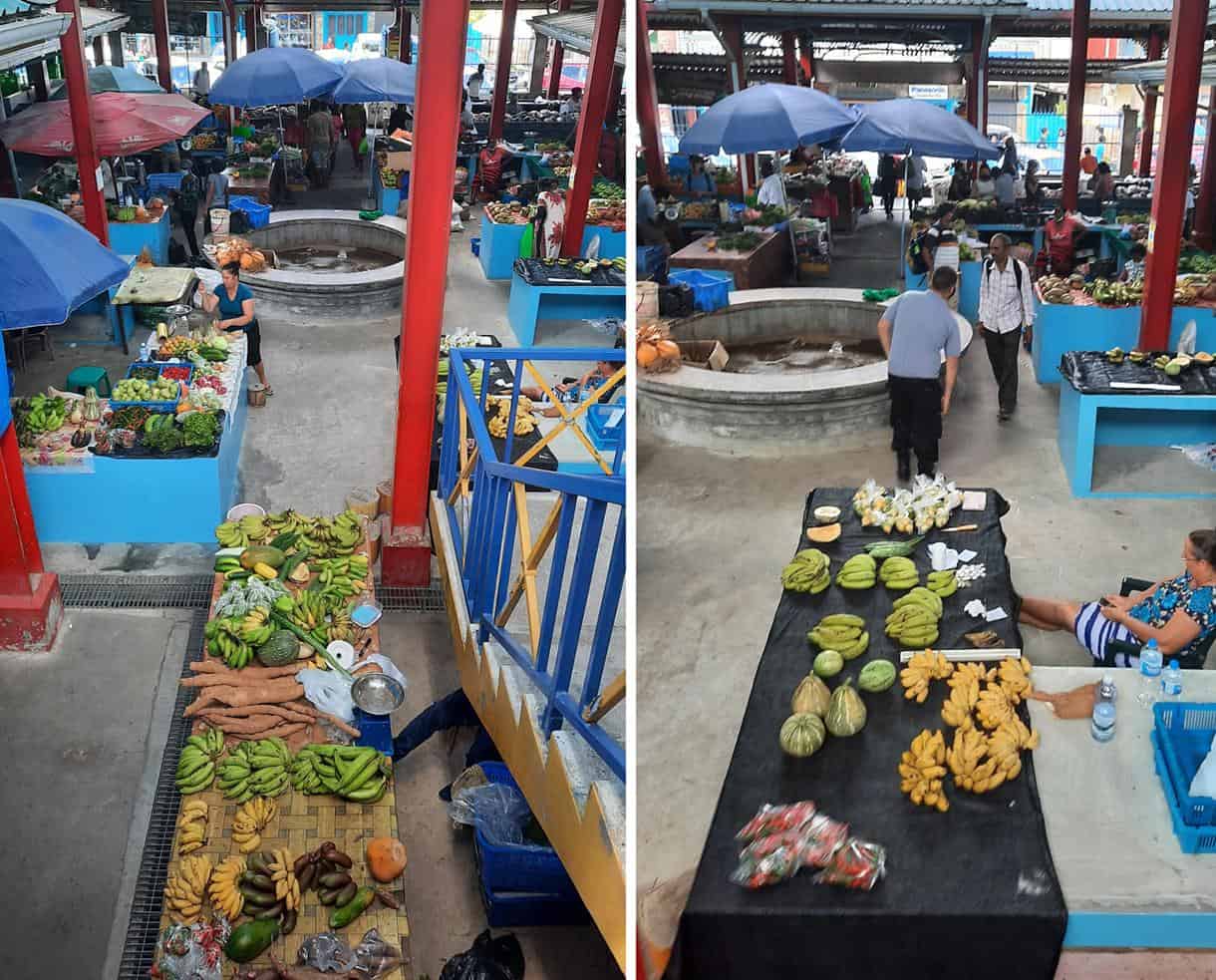
photography by: Omri Westmark
Running along the western part of the market is Benezer St., and like other surrounding streets it’s full of market activity that spilled over from the main building.
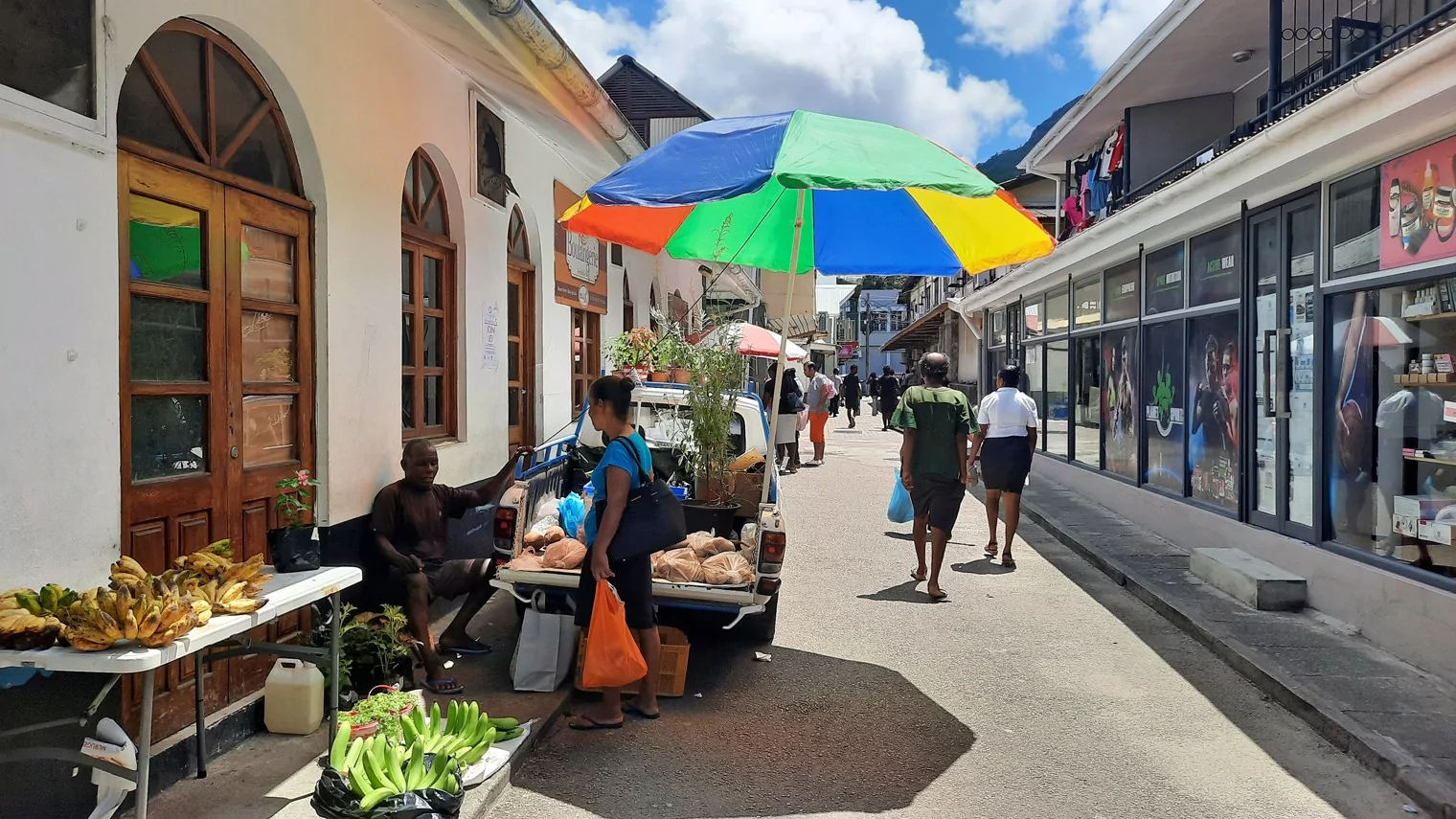
photography by: Omri Westmark
Running along the western part of the market is Benezer St., and like other surrounding streets it’s full of market activity that spilled over from the main building.
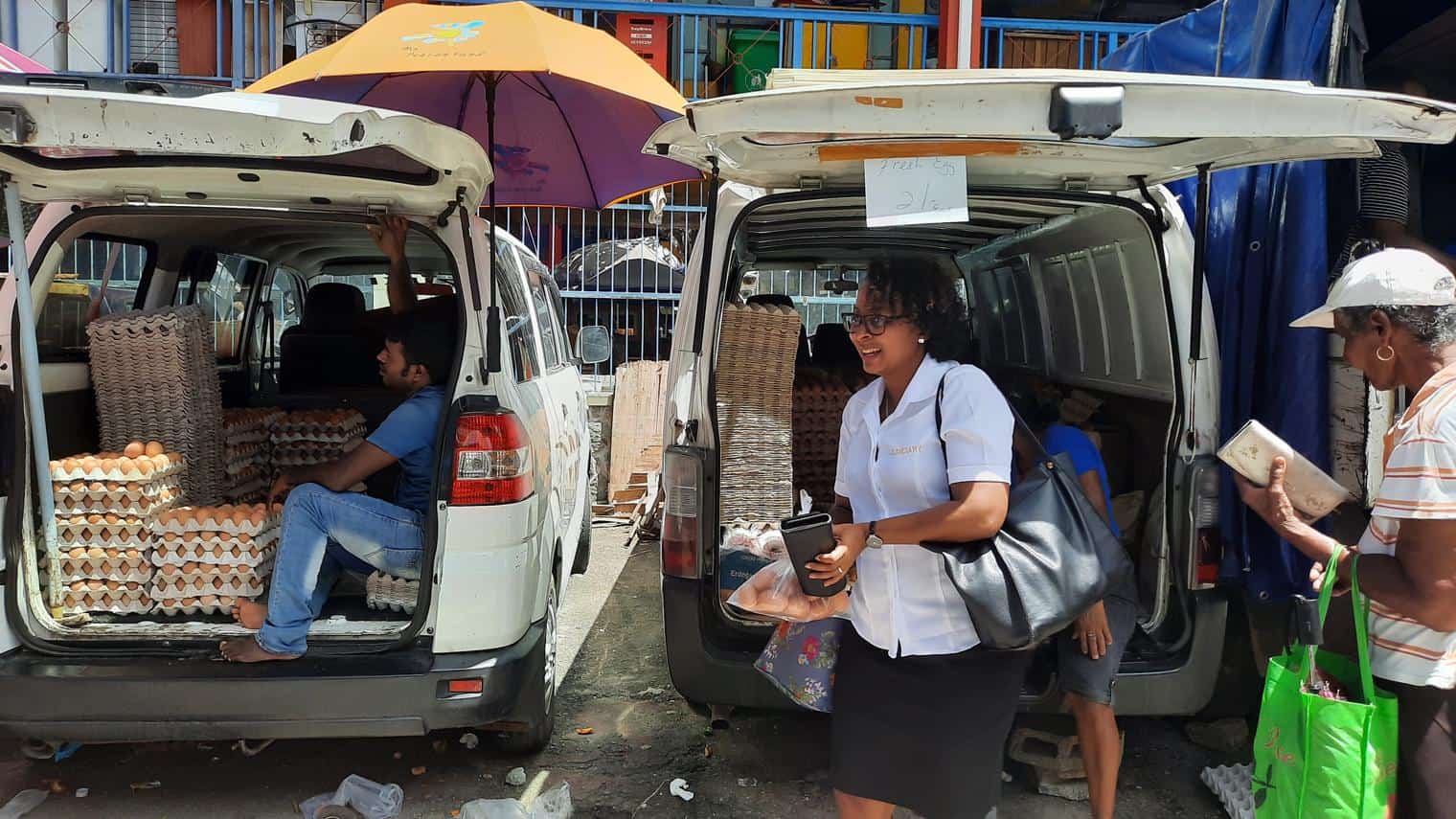
photography by: Omri Westmark
The island-nation of Seychelles is Predominantly Catholic, with roughly 75% of the islanders adhere to Catholicism, far more than any other religious group in the archipelago.
Victoria is home to the country’s main Catholic church that serves as the cathedral of the diocese of Port-Victoria, the Immaculate Conception Cathedral. Perching atop a small hill along Olivier Maradan St., the cathedral and its surrounding complex eclipse any other religious building in Victoria and probably nationwide as well, and are a must-see site for any wandering traveler at the city.
Greeting passersby who make their way towards the church from Palm St., the cathedral’s giant crucifix is curiously nestled between the garden’s tropical vegetation.
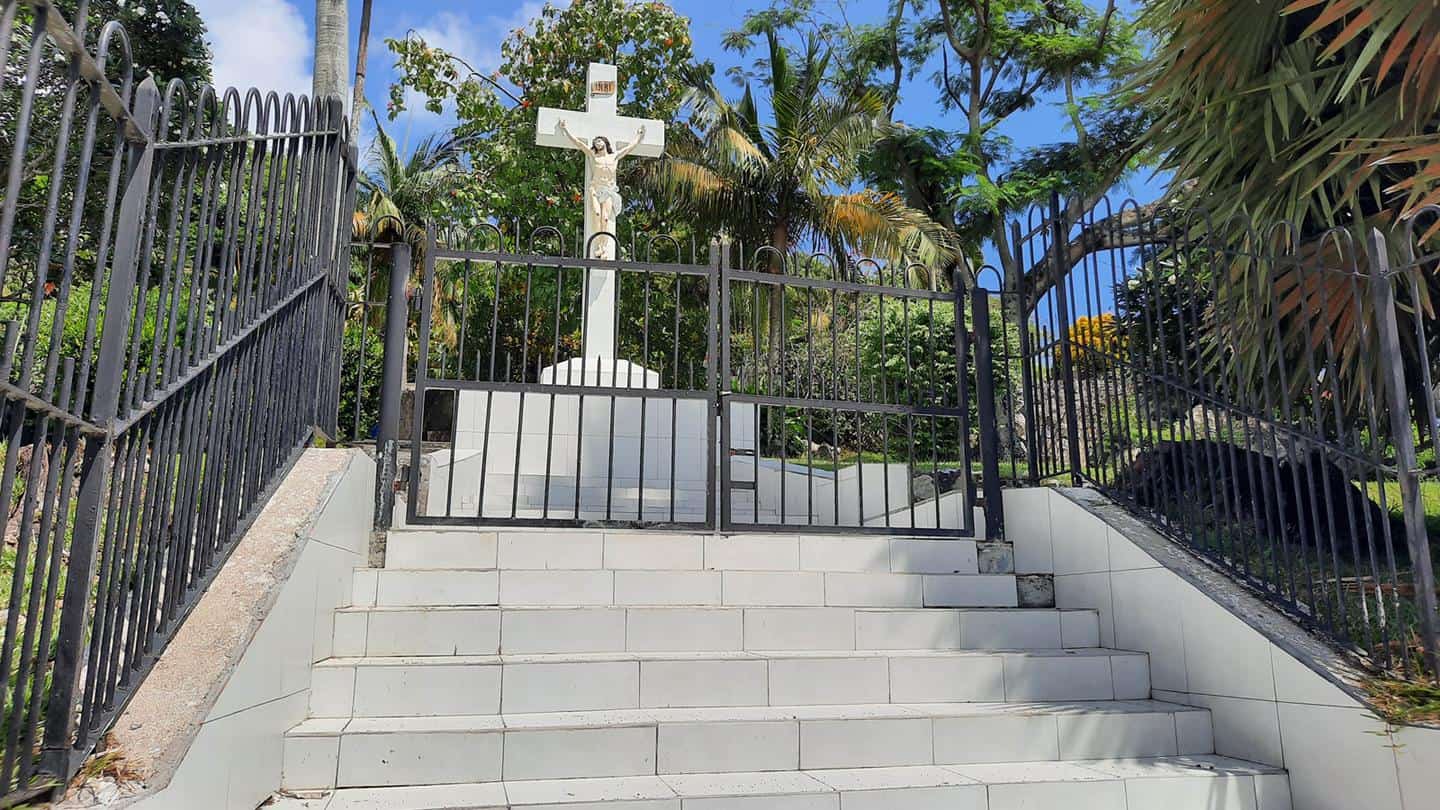
photography by: Omri Westmark
Built in 1874, the French-style cathedral is the official seat for the bishop of the Diocese of Port Victoria and is also where the country’s first bishop, Felix Paul, is buried. The tomb itself was incorporated into the church’s floor, findable merely by a modest plaque.

photography by: Omri Westmark
The interior of the church is well-lit and widely open, best suited for Seychelles’ hot and humid weather.
If you want to visit the place during masses, here is the timetable:
Sundays: 7:00 – 8:00
Mondays -Tuesdays: 6:15 – 7:00
Wednesdays: 6:15 – 7:00, 12:15 – 13:00
Thursdays – Fridays: 6:15 – 7:00
Saturdays: 17:00 – 18:00, 9:00 – 10:00
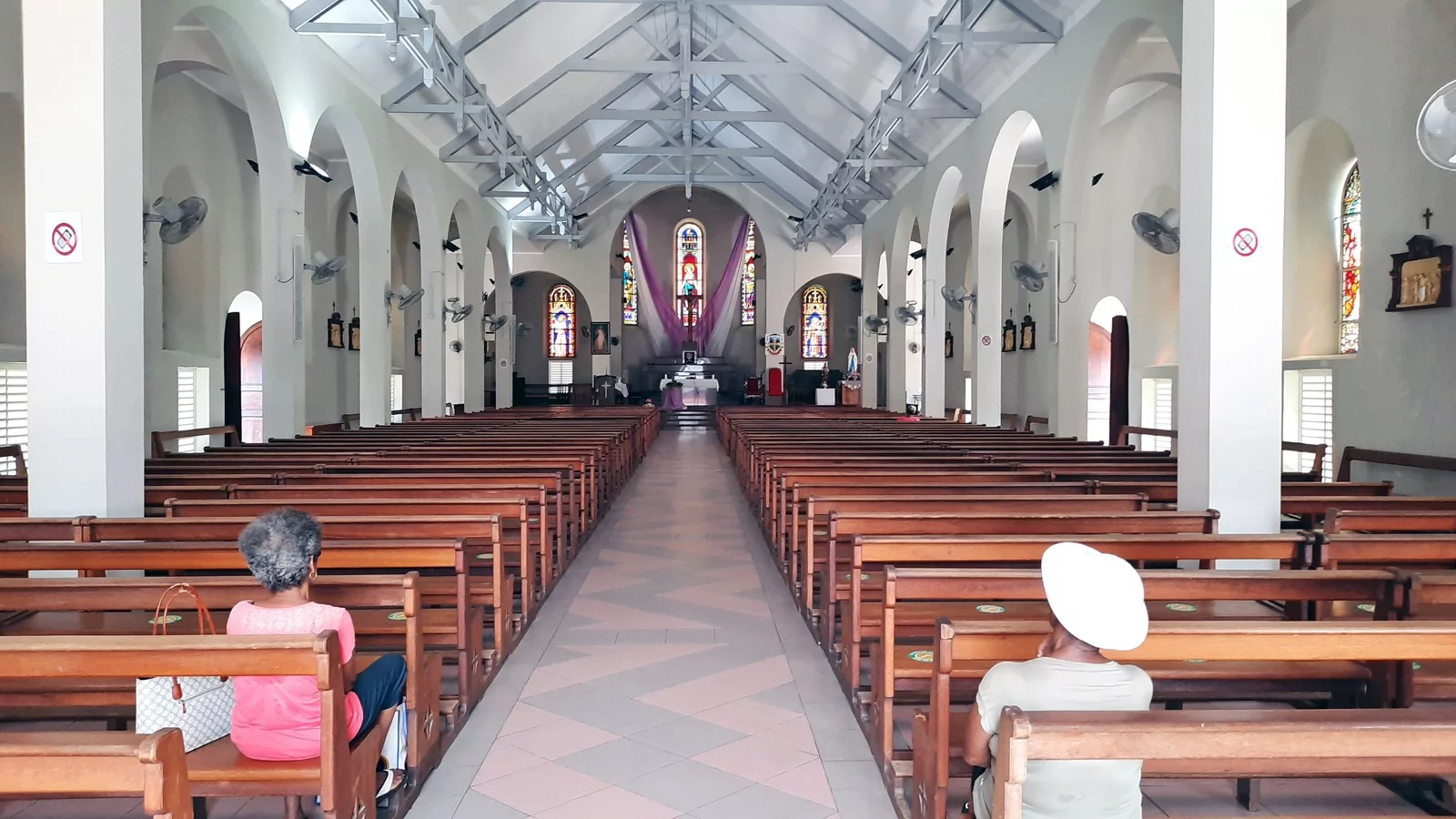
photography by: Omri Westmark
The cathedral is surrounded by a charming tropical garden and other buildings that are part of the church’s premises, two of which are the chapel and the stone-covered clock tower, not to be confused with the famous Victoria Clock Tower.
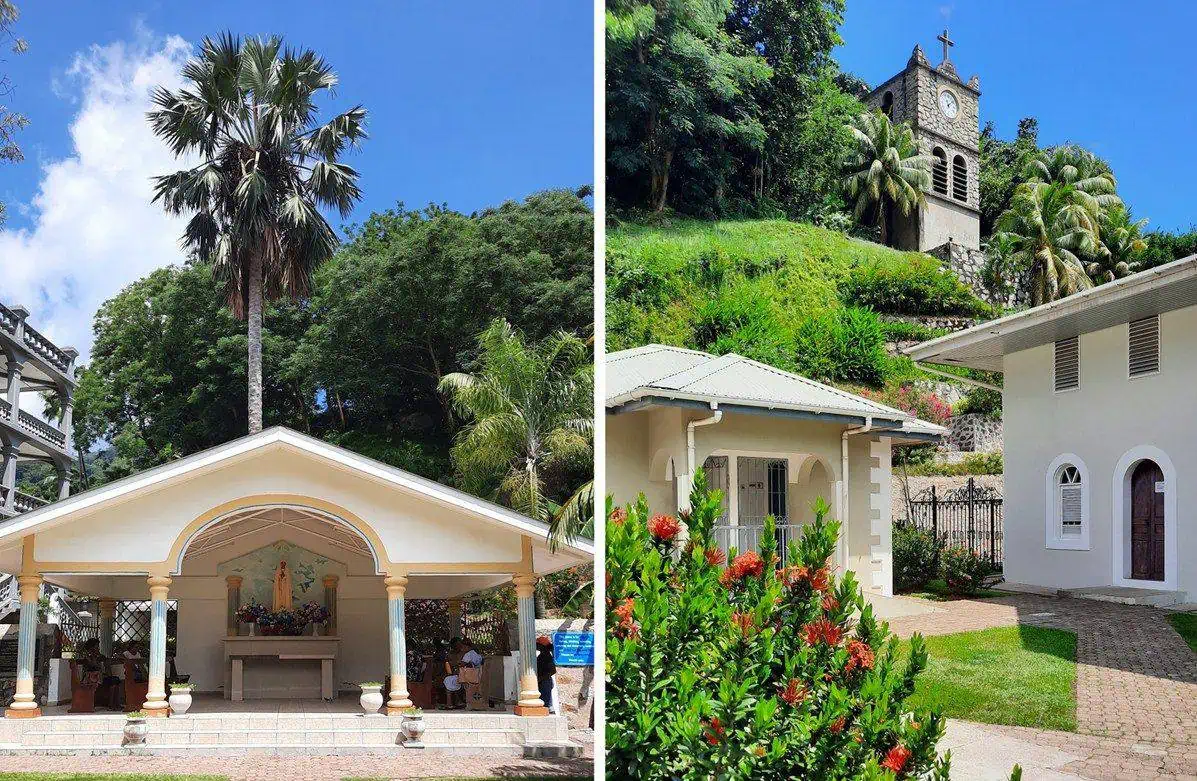
photography by: Omri Westmark
Originally constructed during the 1930’s to accommodate members of the Swiss Capuchin Friary who held religious seminars in Seychelles, the formidable granite building known as La Domus lies adjacent to the cathedral. As of 2021, only three priests dwell in the three-story building, while all other rooms are used as administration offices.

photography by: Omri Westmark
Tucked away in the outskirts of Victoria city center, right next to the seaport, Jardin des Enfants (the children’s garden in French) would be a rather nondescript park if it wasn’t for its eerie concrete ship that lies in the middle of a tidal pond. While Seychelles has a significant amount of hidden gems, this unusual site is conspicuous by being a man-made one.
The concrete ship, known as the LIBRA, sits in the middle of a shallow pool, linked by a narrow walkway to the garden.
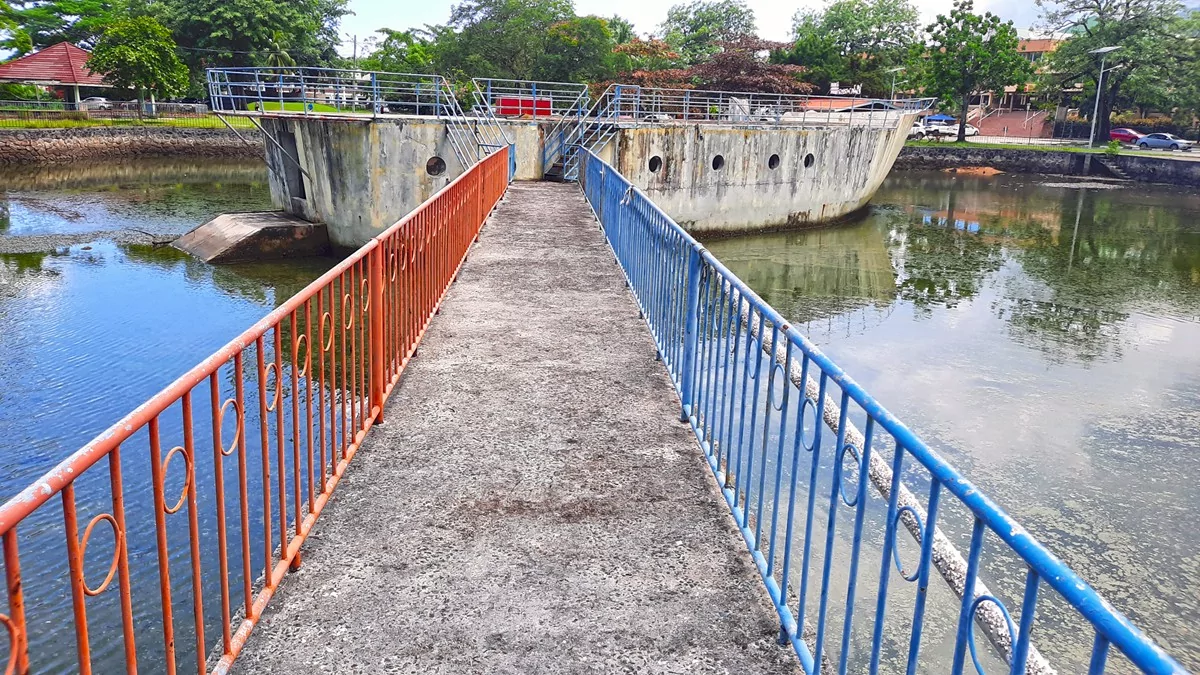
photography by: Omri Westmark
A panoramic view of the bridge, garden and ship.

photography by: Omri Westmark
After crossing the pedestrian bridge, you’ll reach the ship’s roof where you can freely roam and explore the exceptional monument.
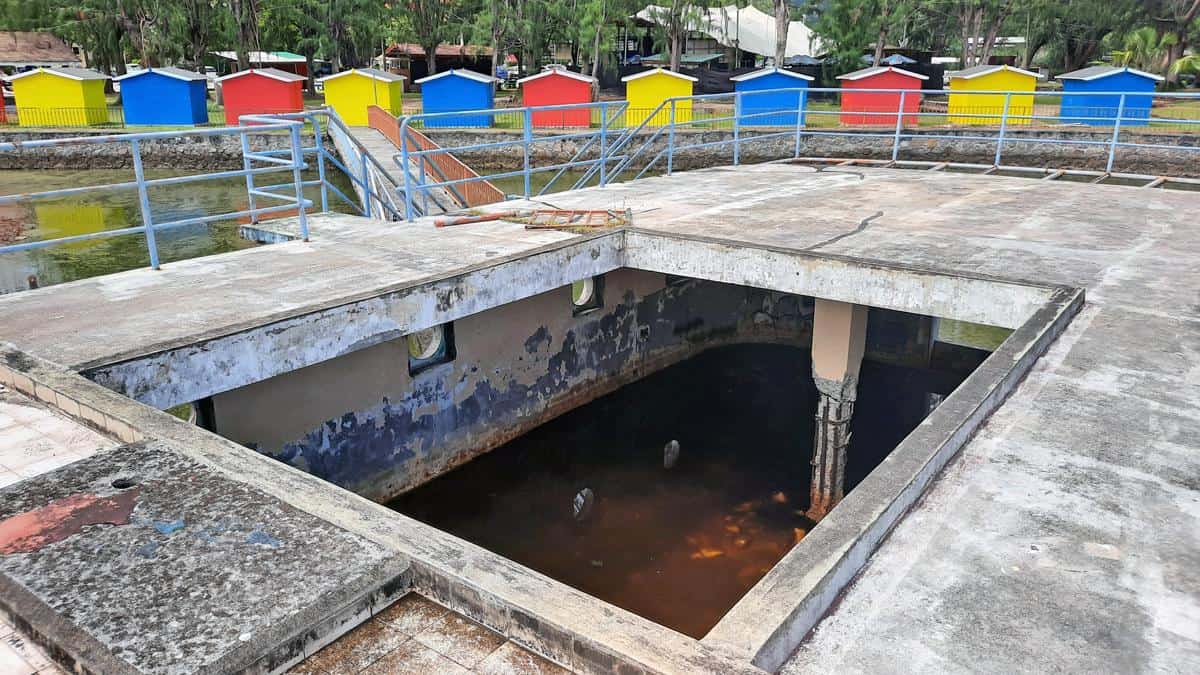
photography by: Omri Westmark
The concrete ship is semi submerged inside the pond, while its content is partly filled with murky water that serves as a habitat for fish and crabs. The ship’s upper voids lack any kind of protecting railing, so beware when walking around the roof.

photography by: Omri Westmark
The creepy shipwreck is accompanied by a handful of pavilions, solely painted with primary colors.
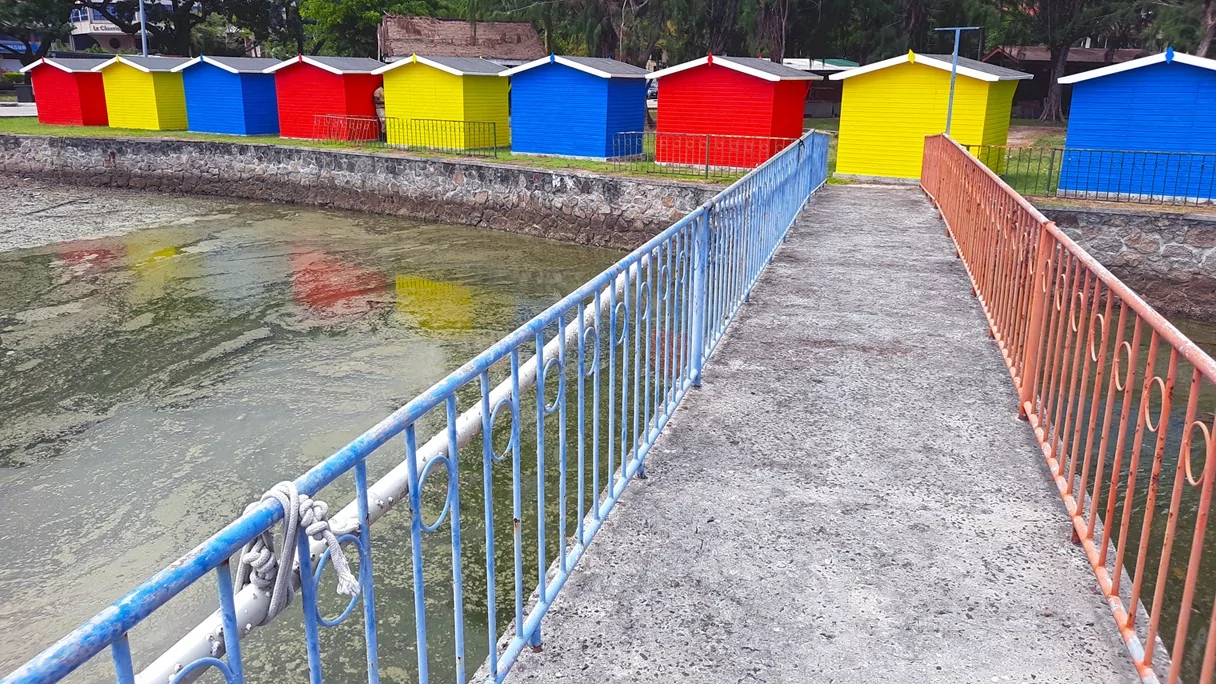
photography by: Omri Westmark
Normally, the colorful pavilions would offer fast food, snacks and souvenirs for tourists and locals alike, however, during the covid-19 pandemic they remained close.
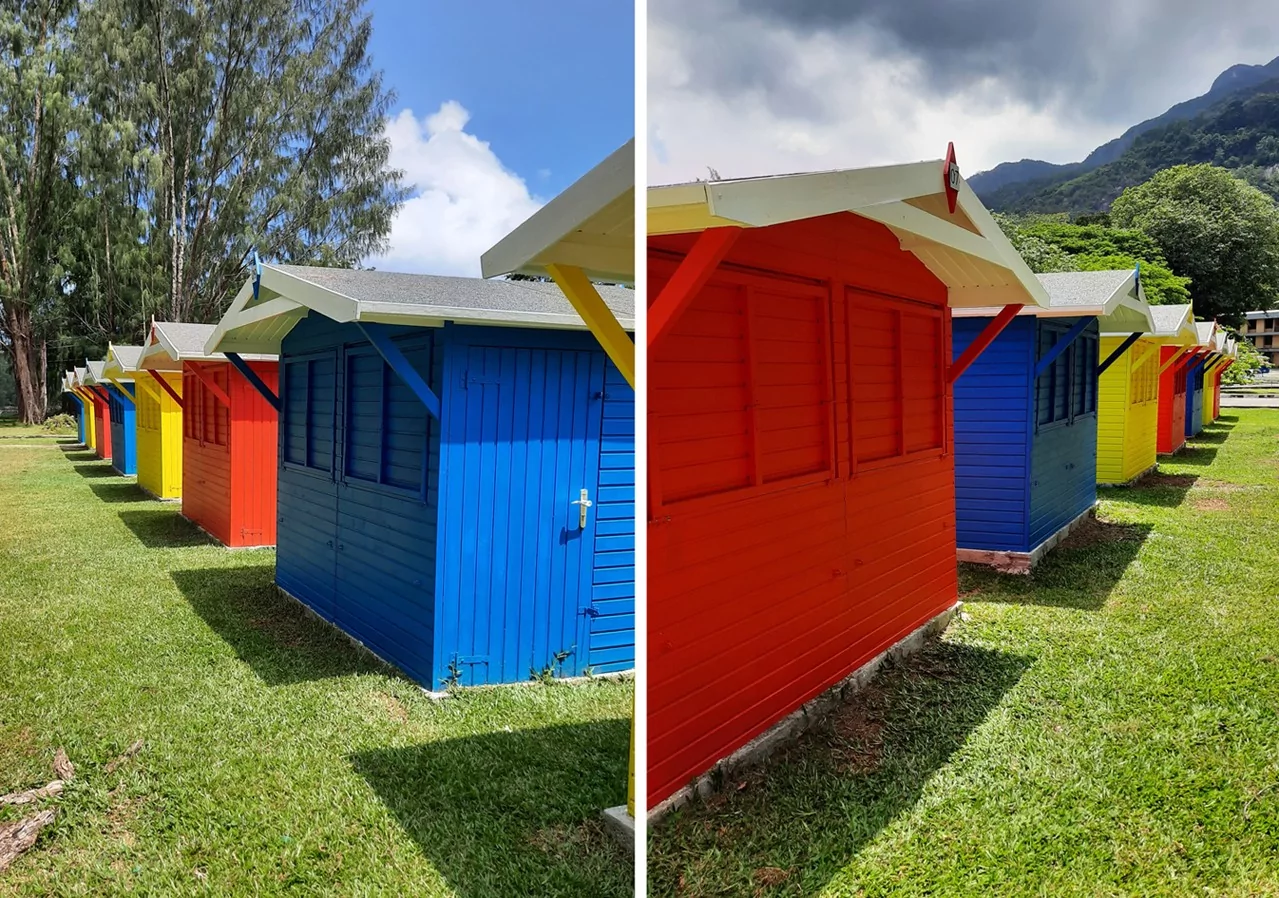
photography by: Omri Westmark
Regarded as one of the oldest restaurants in Seychelles, Marie Antoinette operates from a marvelous 19th century colonial house in Victoria, whose exterior and interior parts were meticulously renovated. Offering a plethora of reasonably priced Creole style food, the restaurant is one of the best places to dine in the country. Besides the insanely scrumptious seafood dishes, Marie Antoinette is probably most renowned for serving a specific menu item, a bat curry, considered by locals as a national delicacy.
The recently preserved wooden colonial building where the restaurant resides in is eye catching by its own right, giving diners the possibility to enjoy a dinner or a lunch not only within the culinary realm.

photography by: Omri Westmark
Seafood curries, breadfruit croquets, mashed pumpkin and mango salad with pink peppercorn and vinegar are only a small part of the delightful bites Marie Antoinette serves. At evening time, the restaurant offers a combo deal, where you have a chance to order a generous assortment of small sized platters that otherwise are available solely at their original portion.
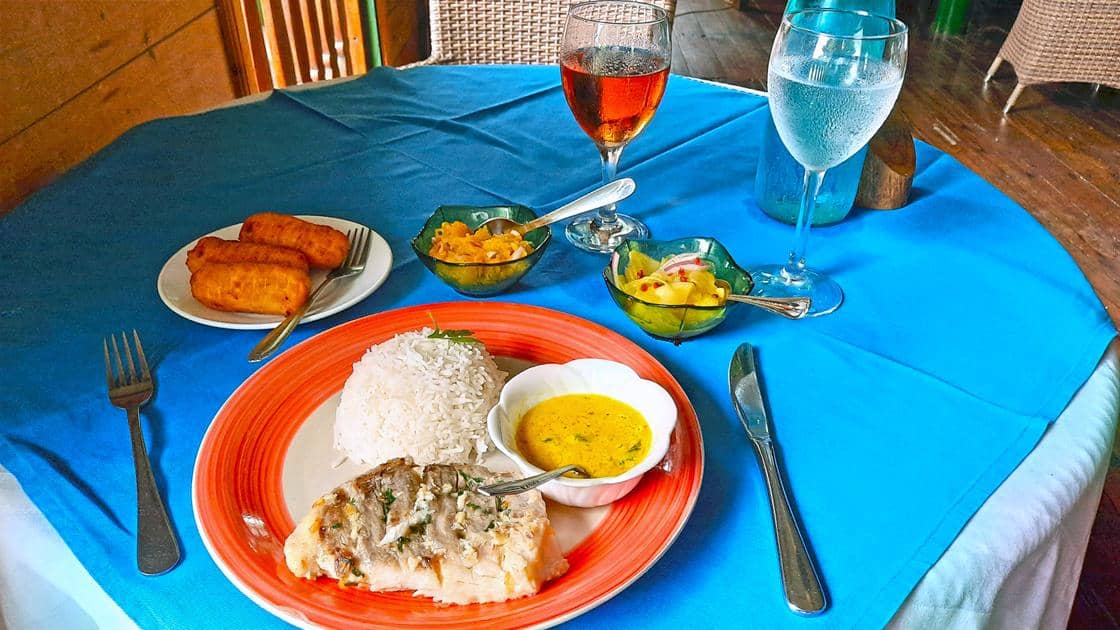
photography by: Omri Westmark
Marie Antoinette has a cool tortoise pen located at its backyard, where every curious visitor can have a close encounter with this remarkable animal without the need to travel to the islands of Moyenne or La-Digue.
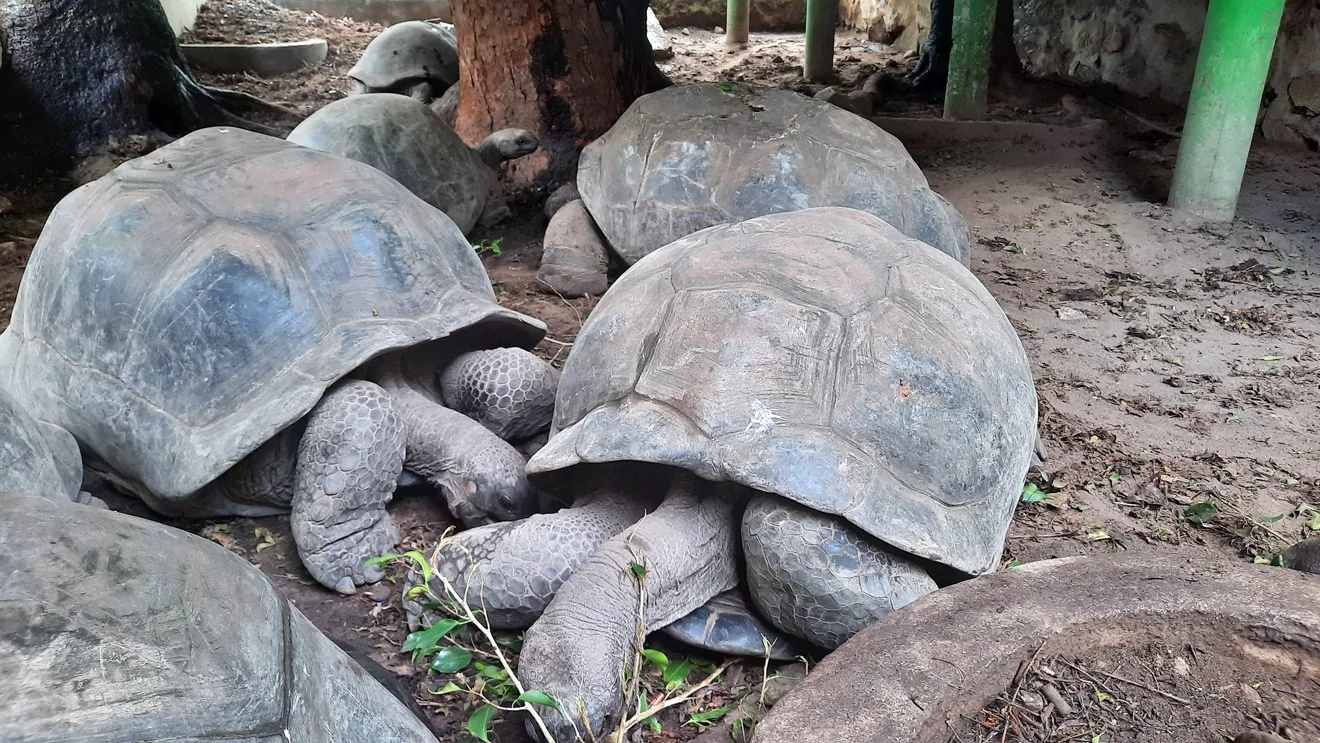
photography by: Omri Westmark
In 2001, the shelter’s wall collapsed over the tortoises due to a heavy rainfall. While at first all animals were presumed dead, after a couple of days of intense treatment the tortoises eventually survived the near-death experience, albeit with notable scars throughout their shells.

photography by: Omri Westmark